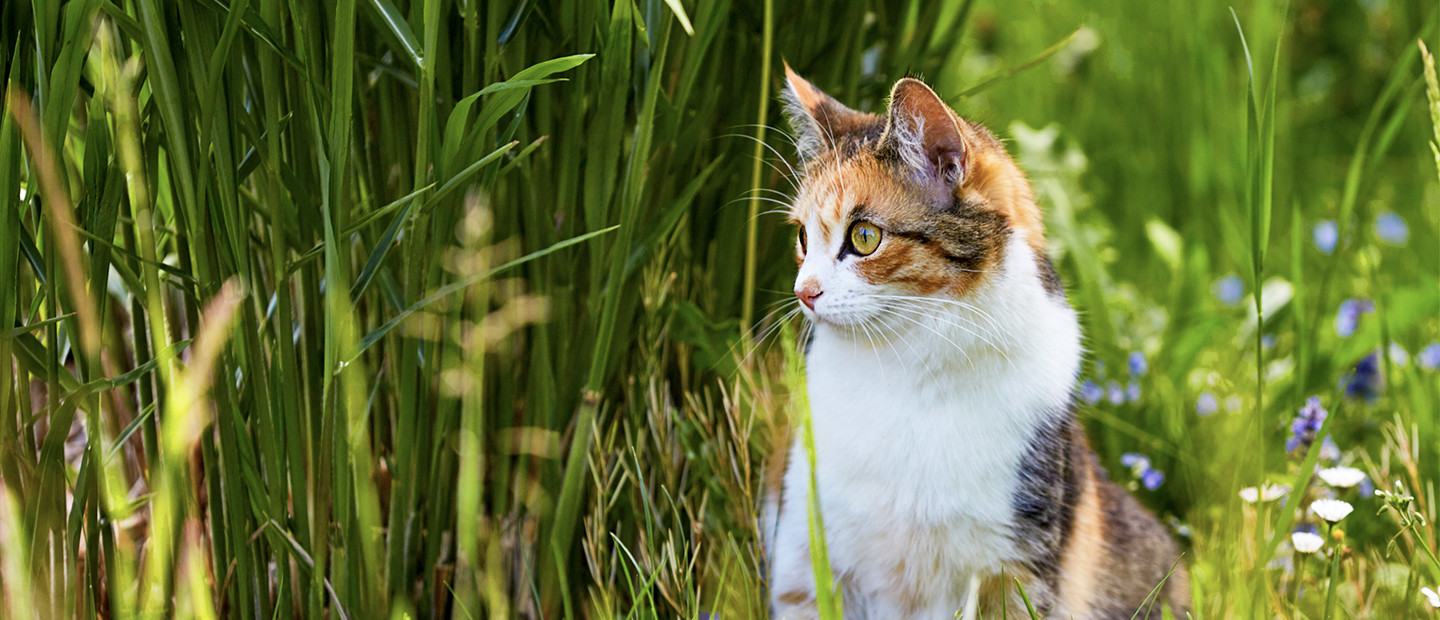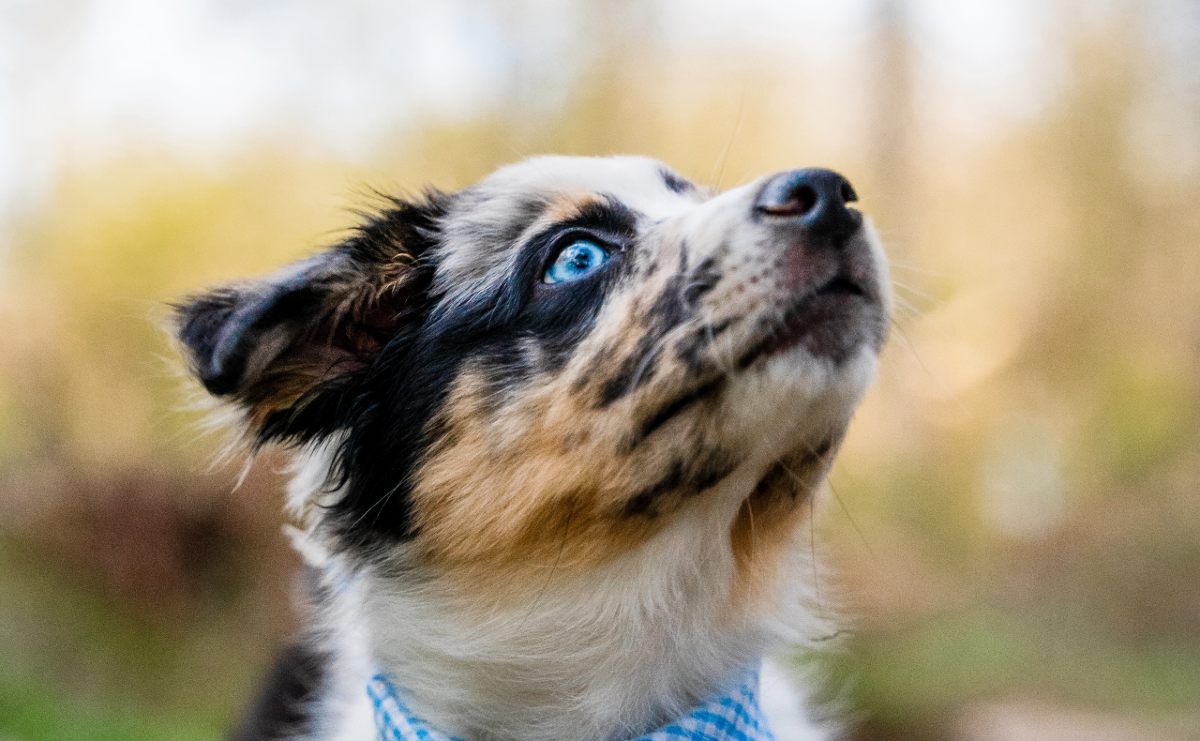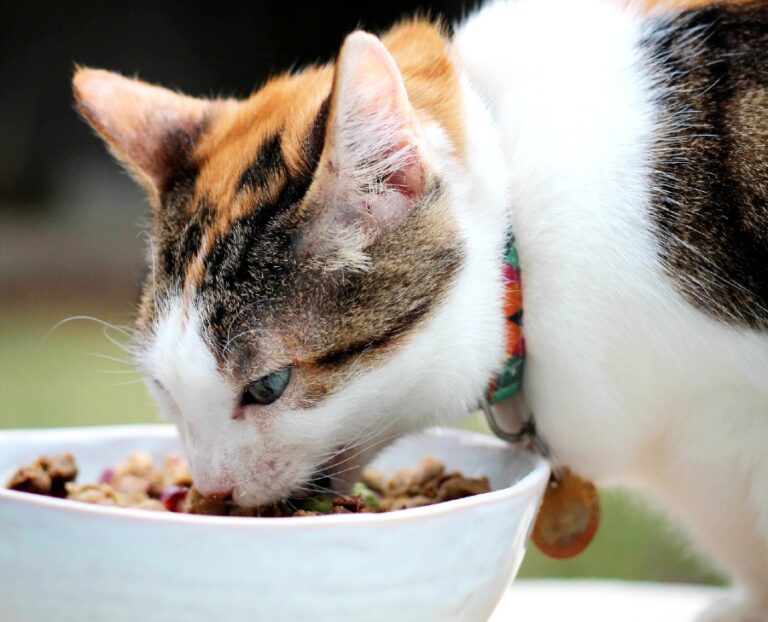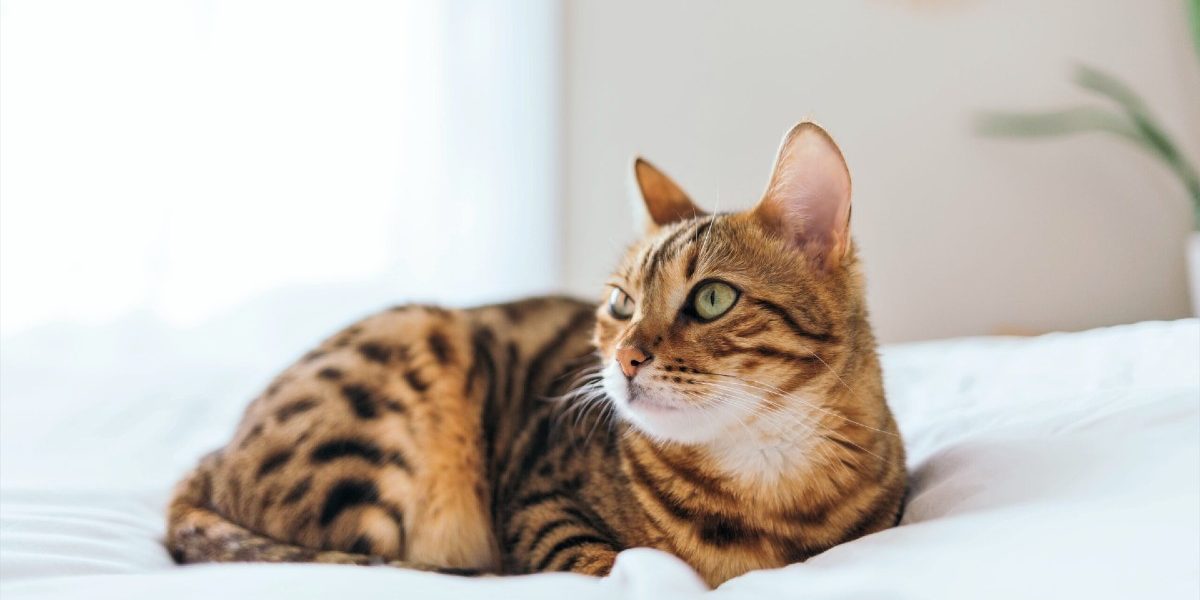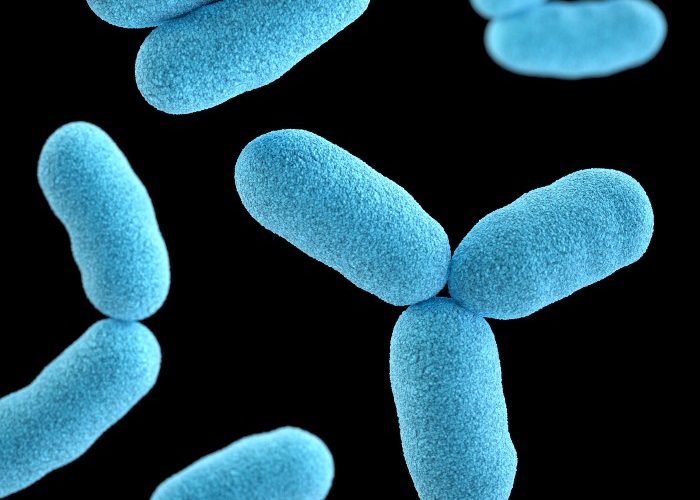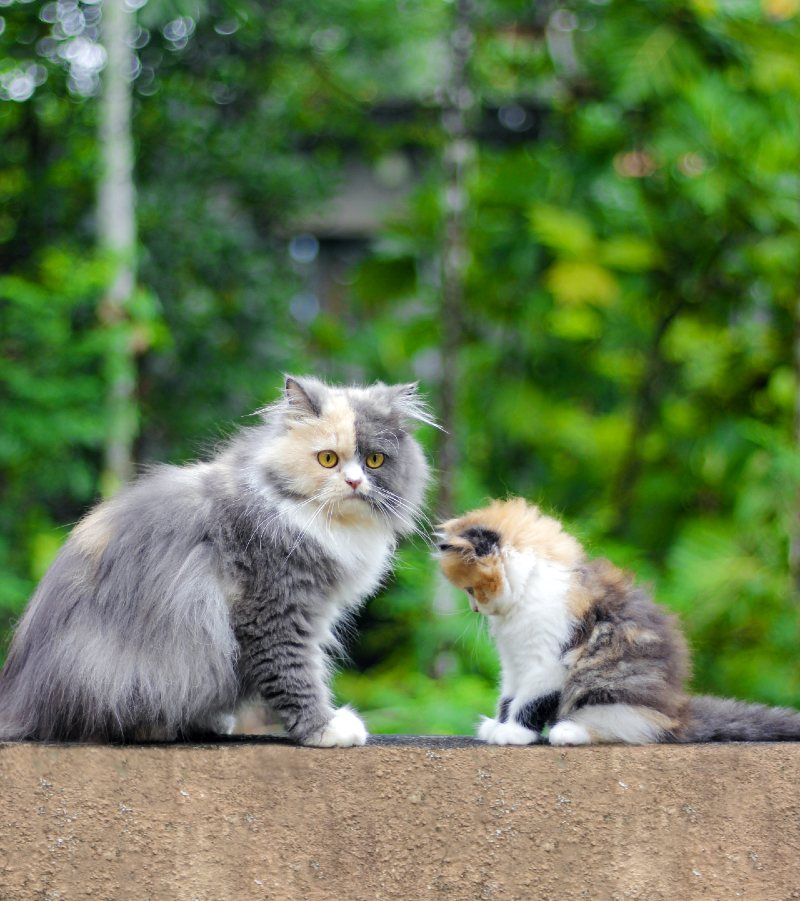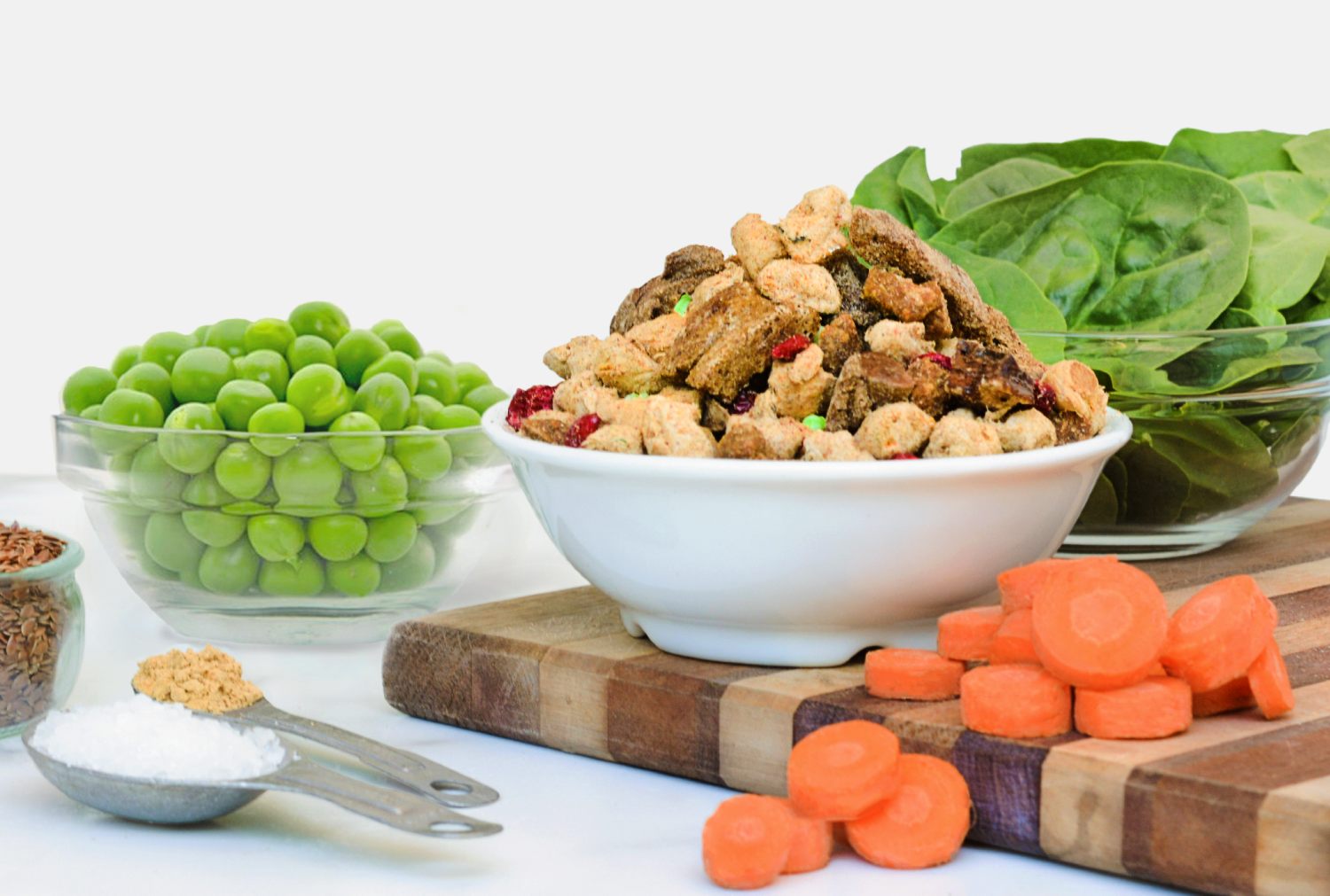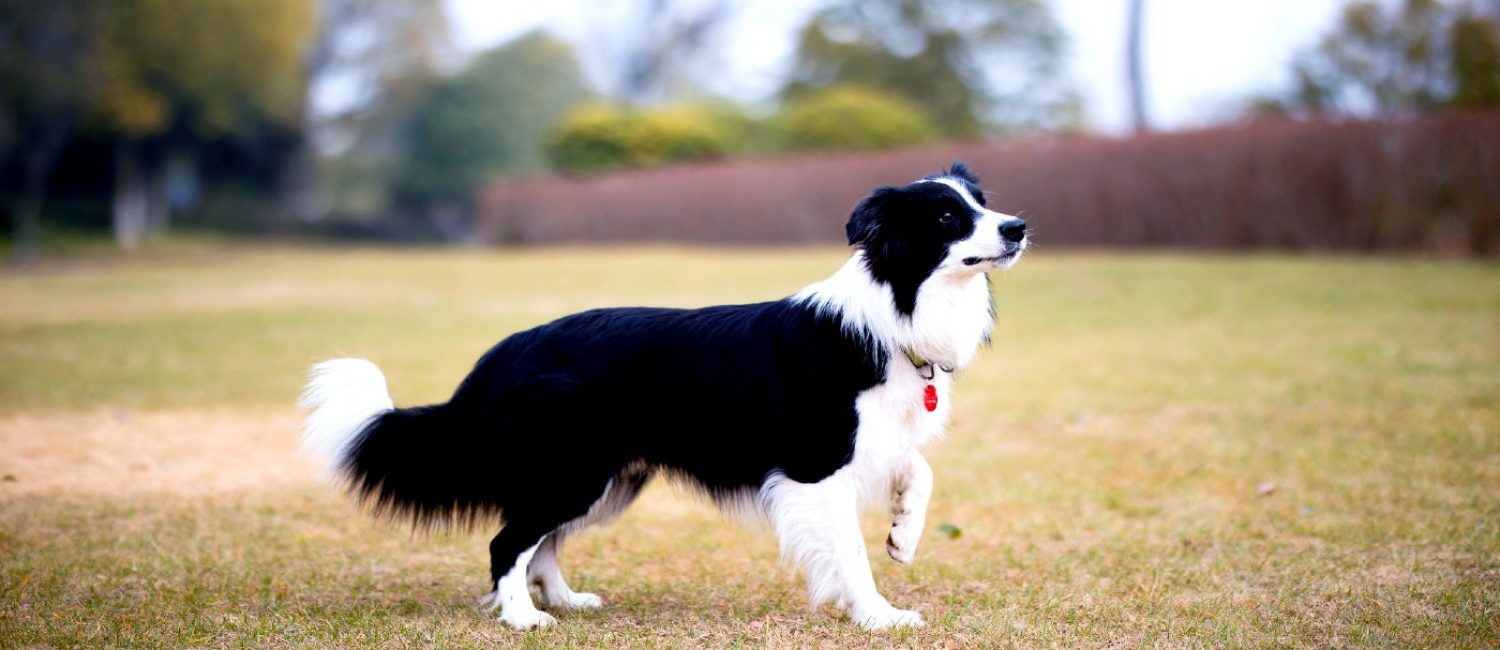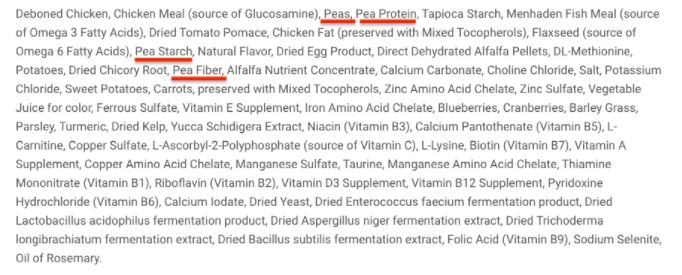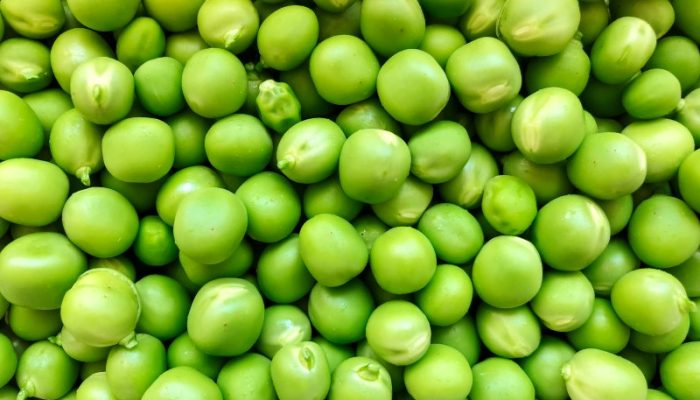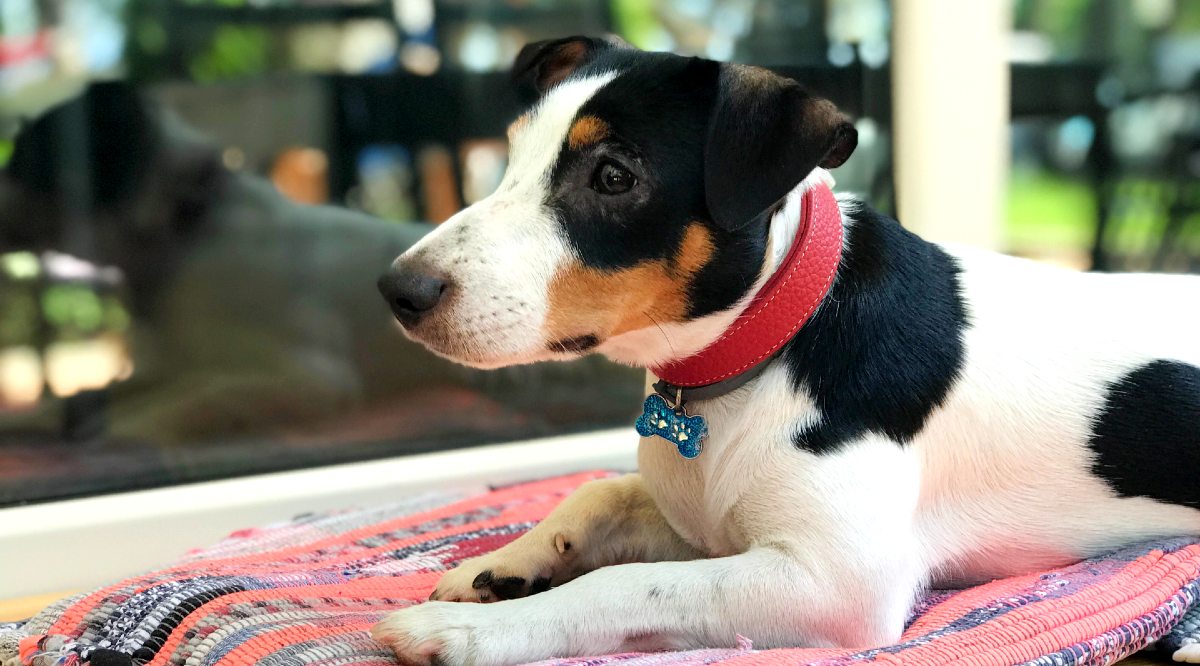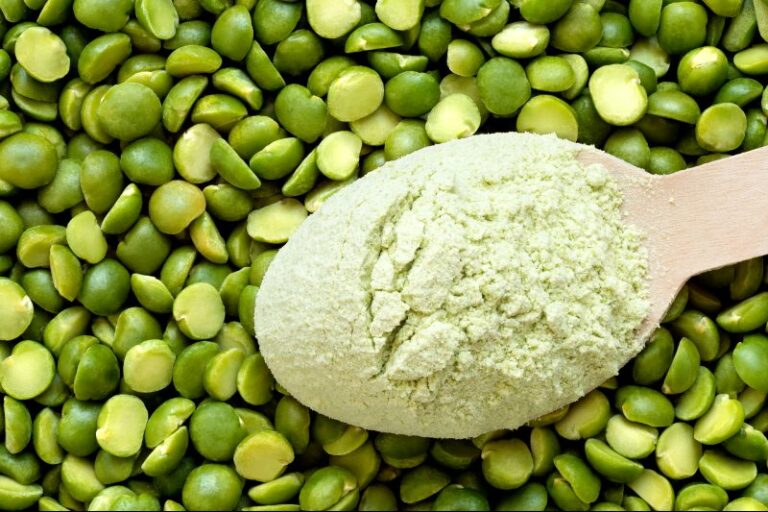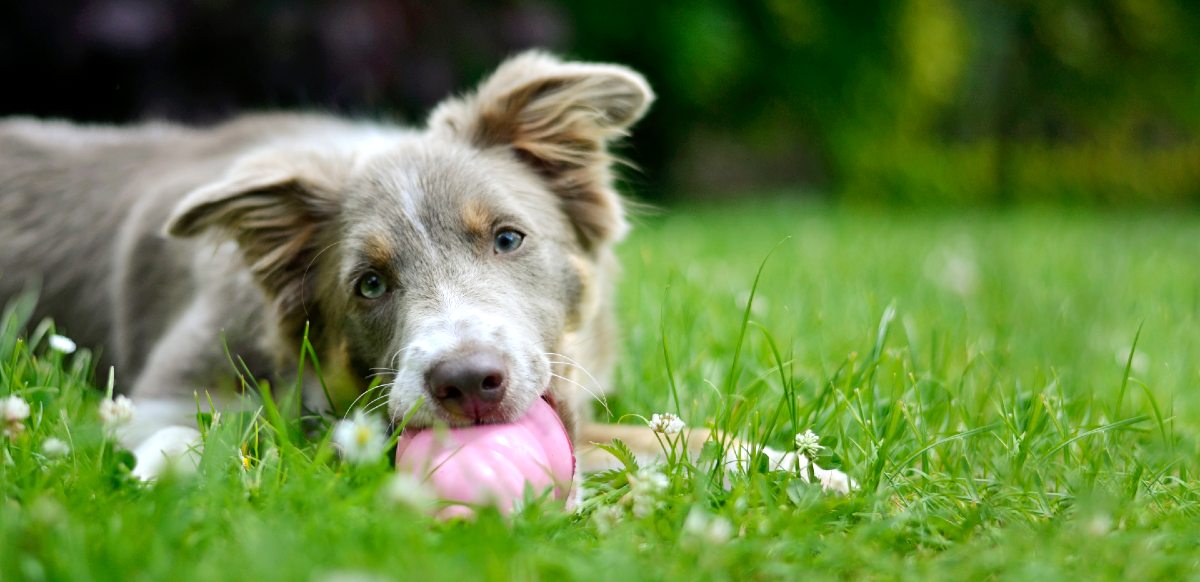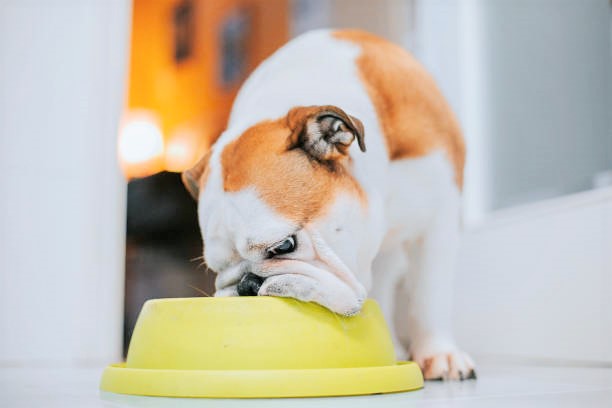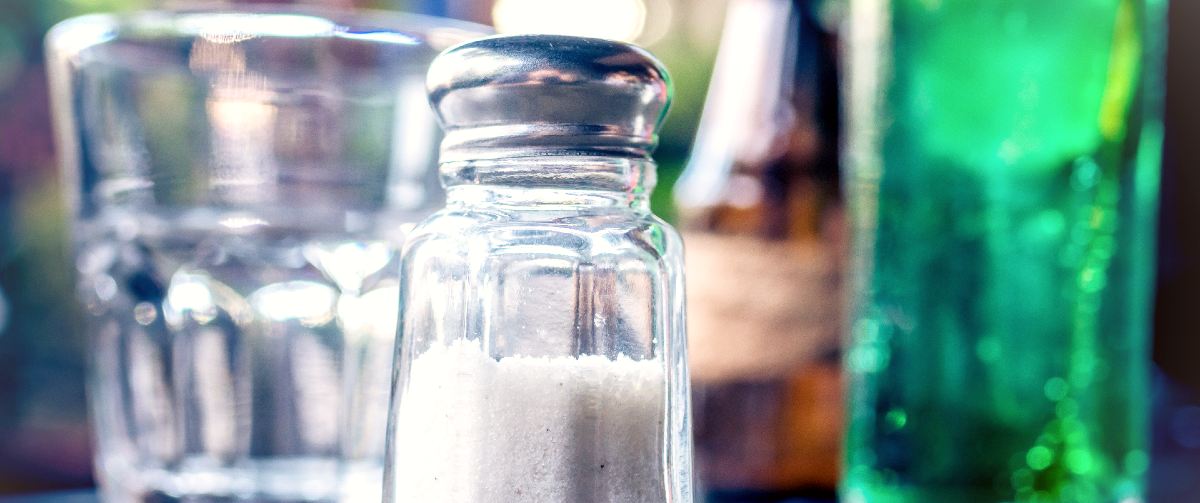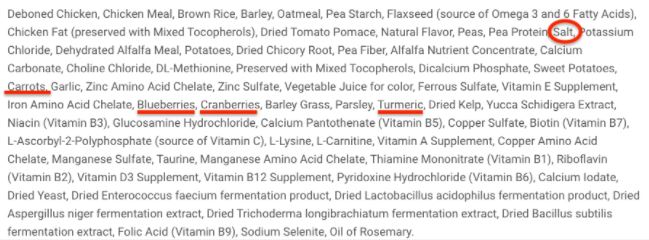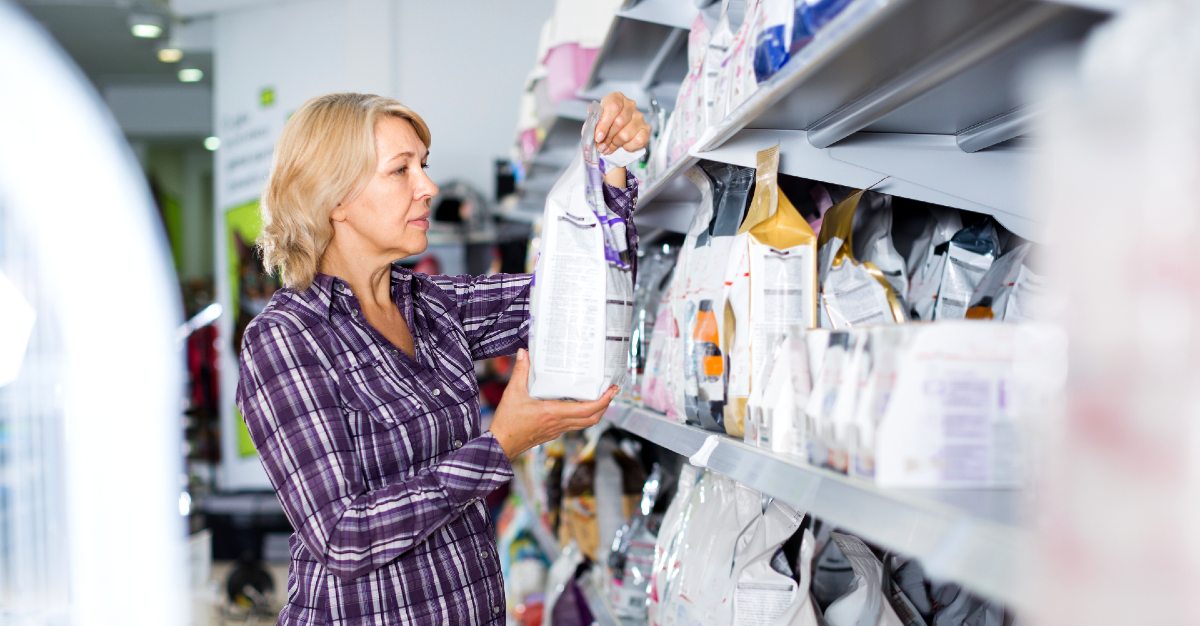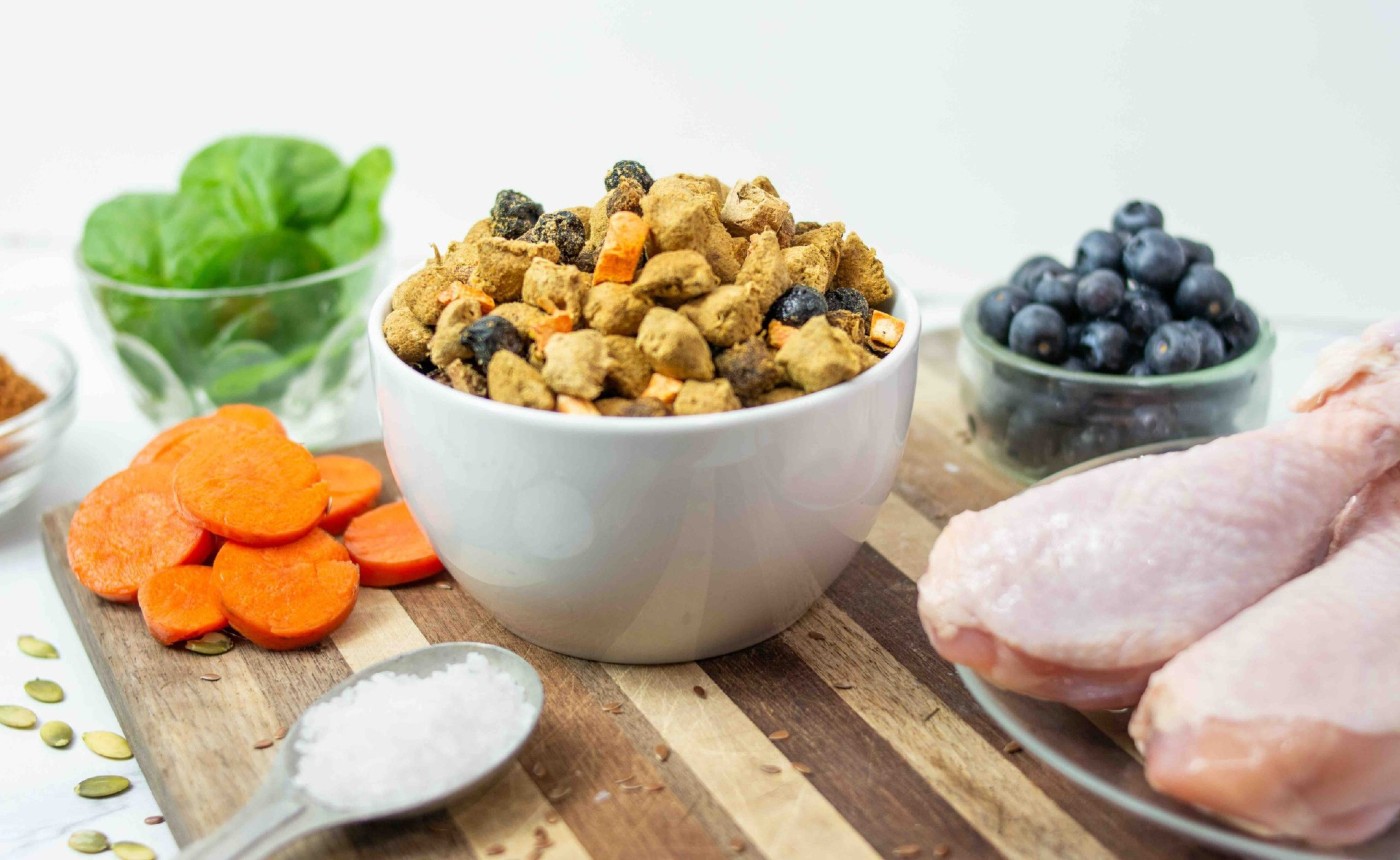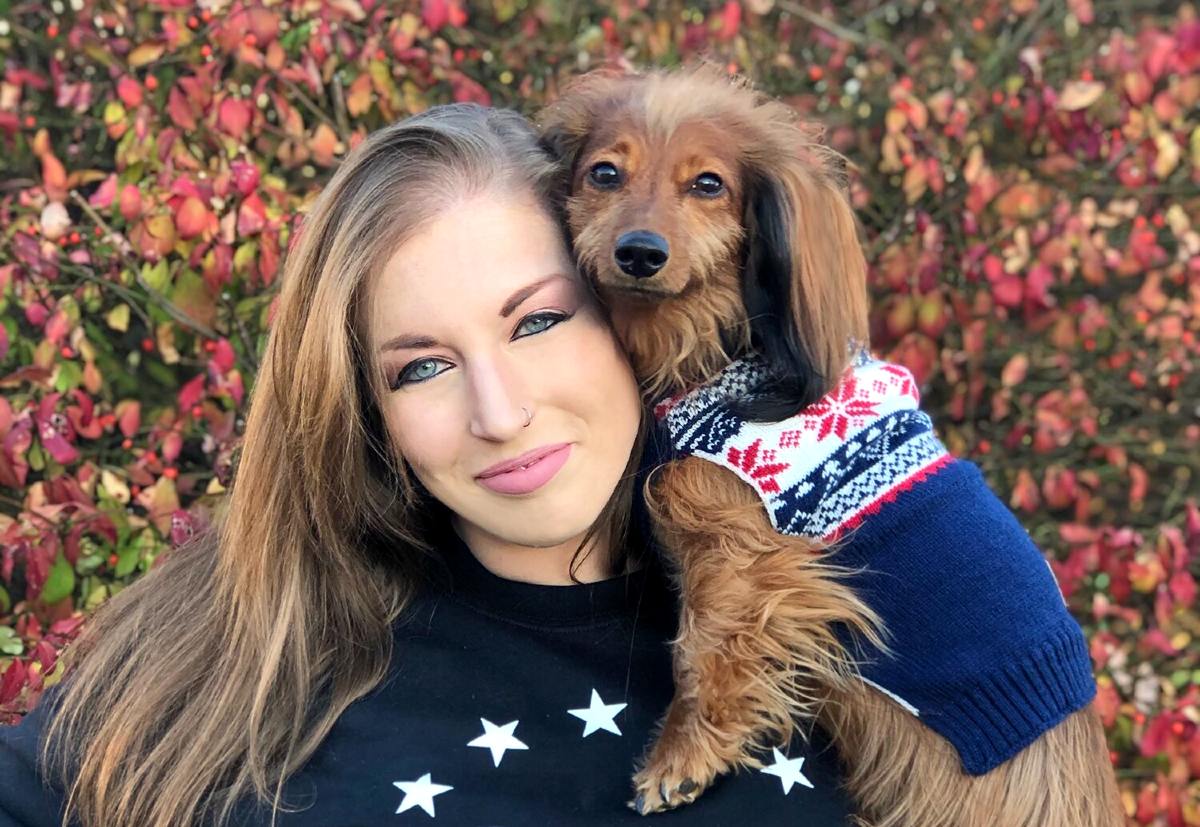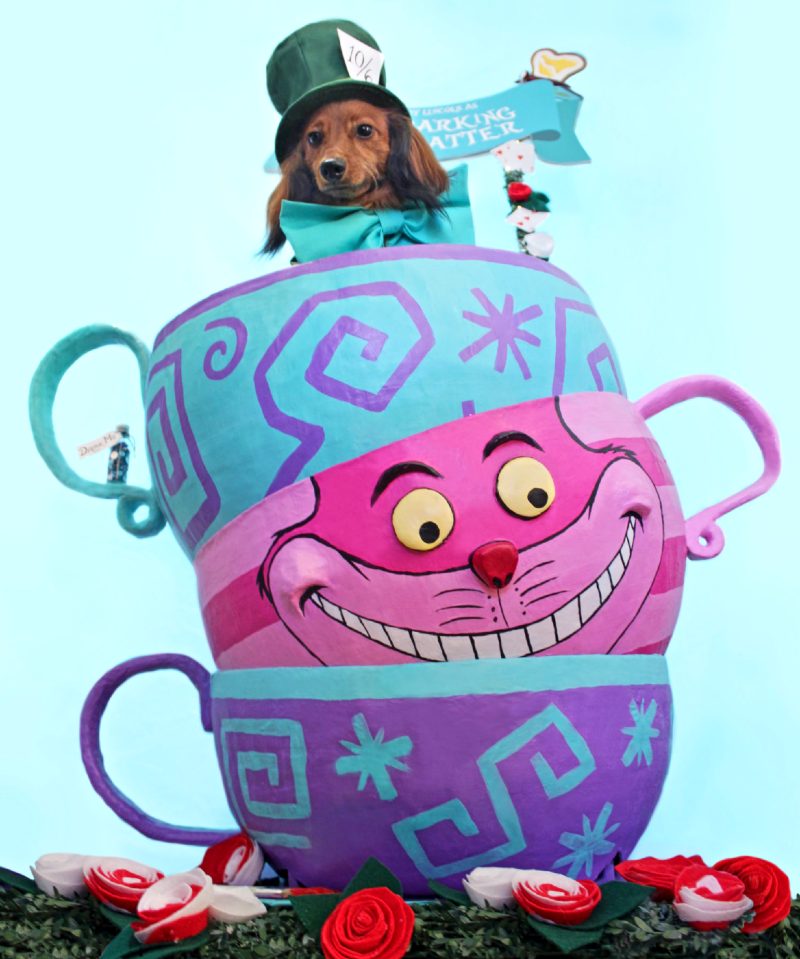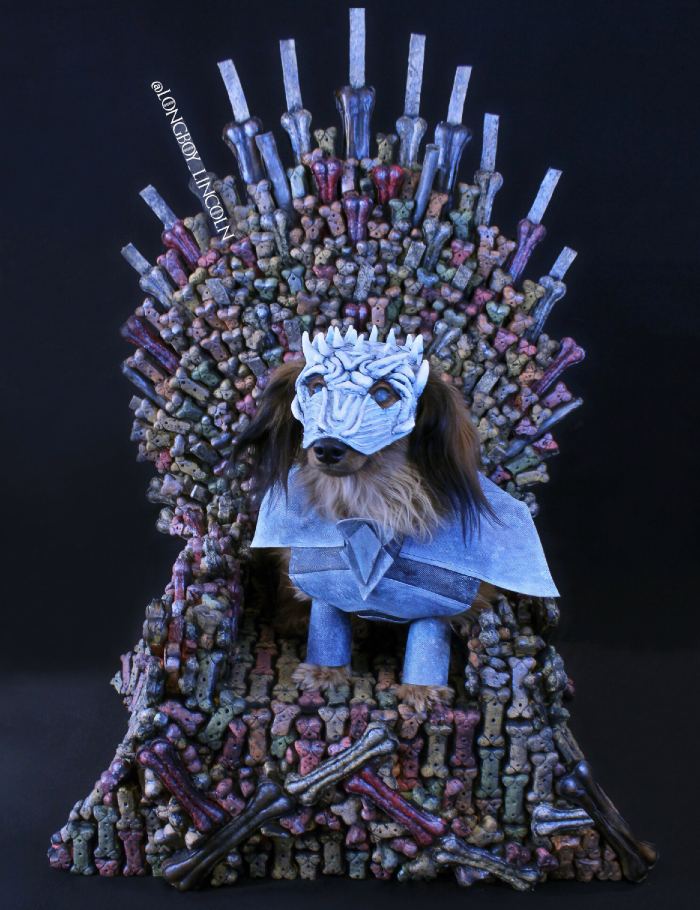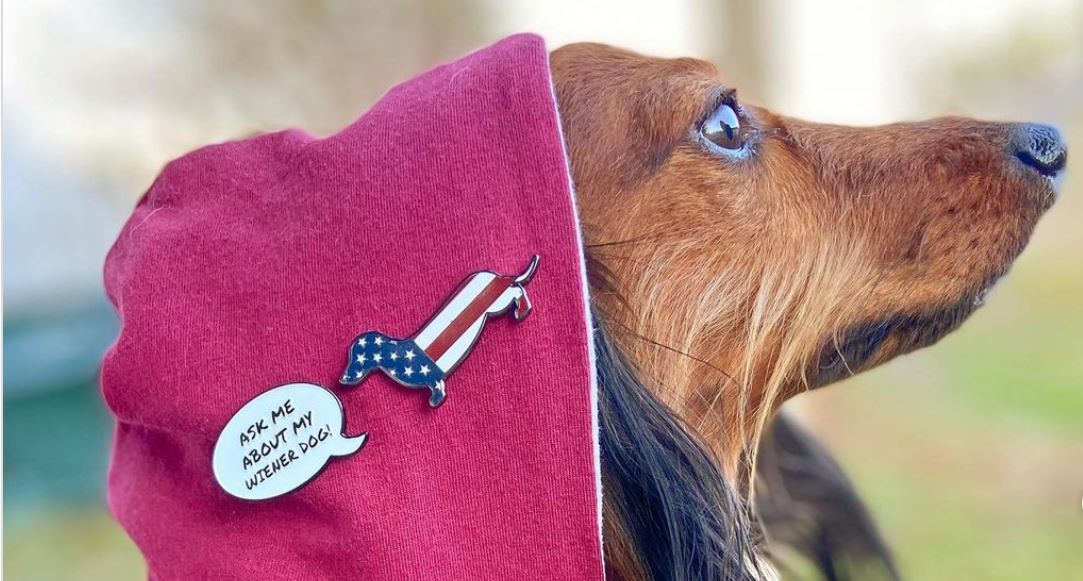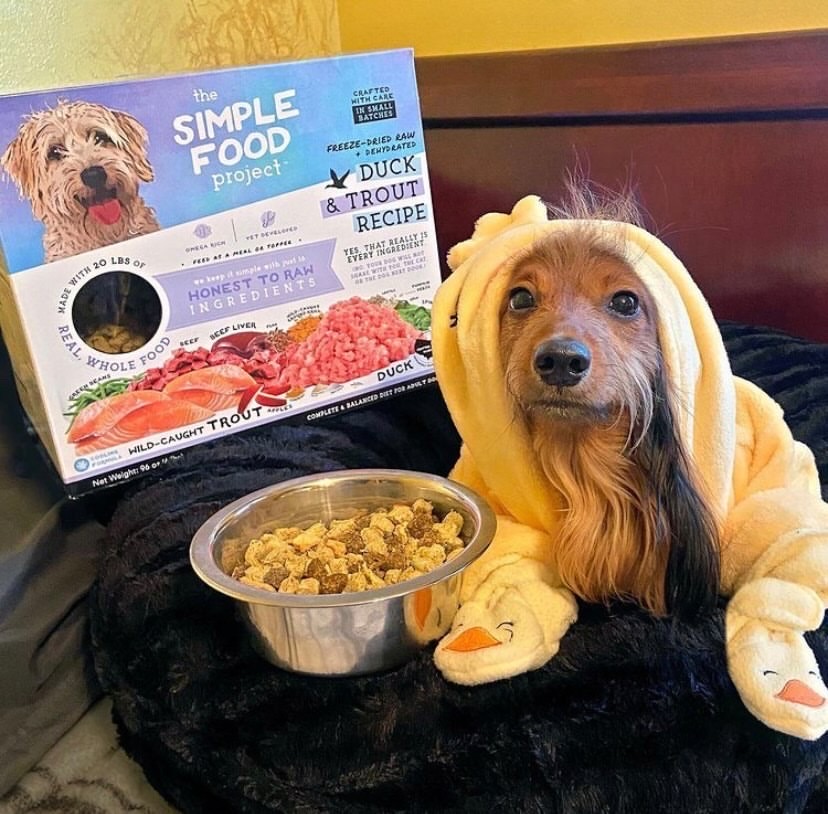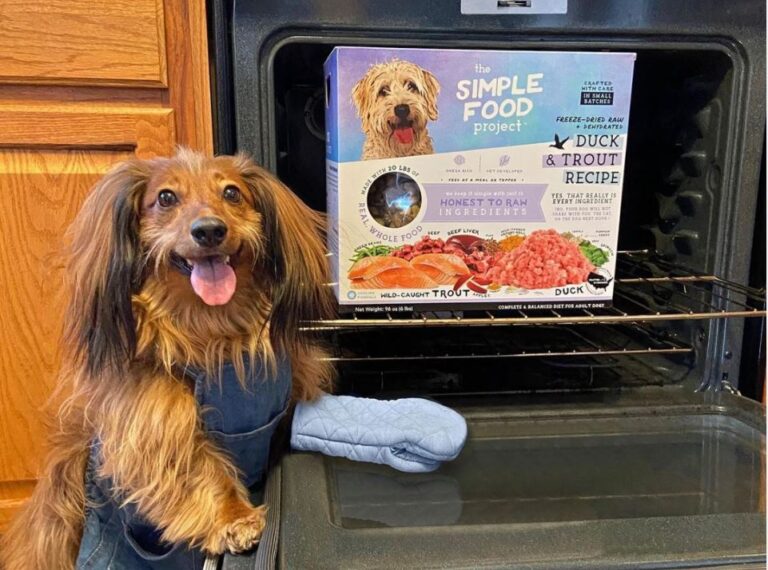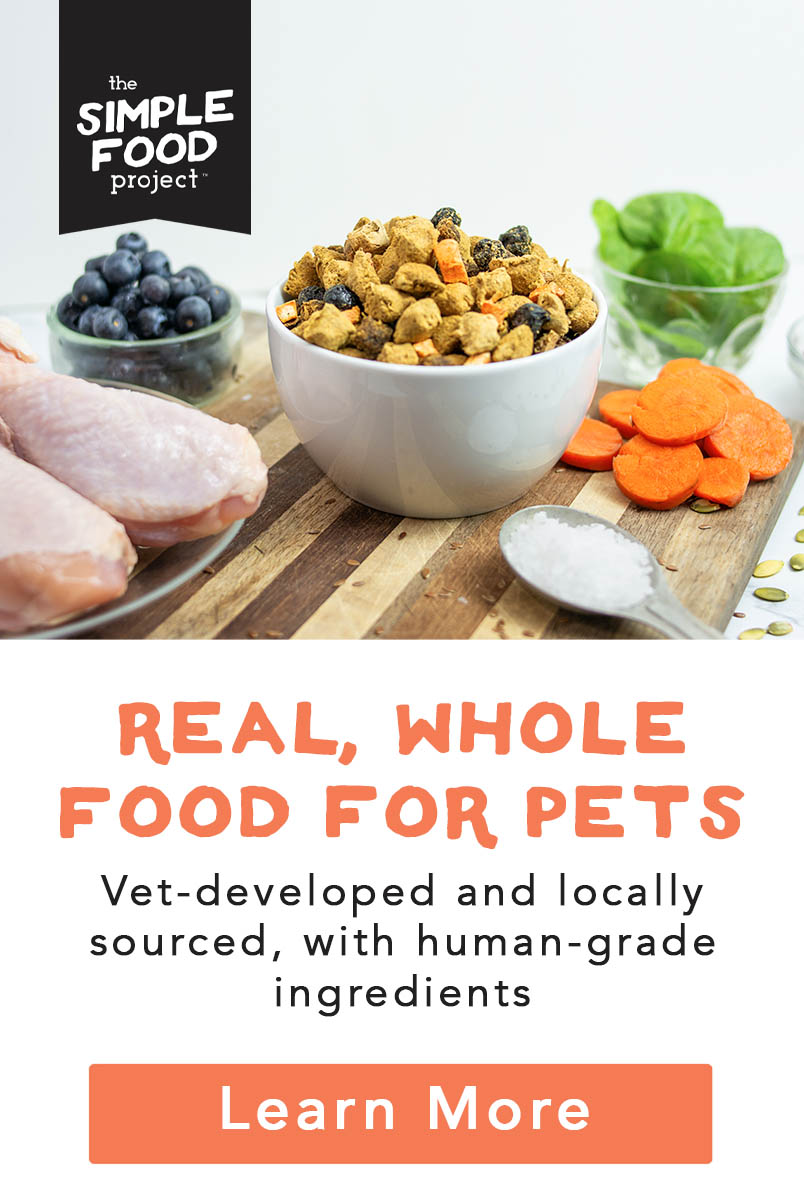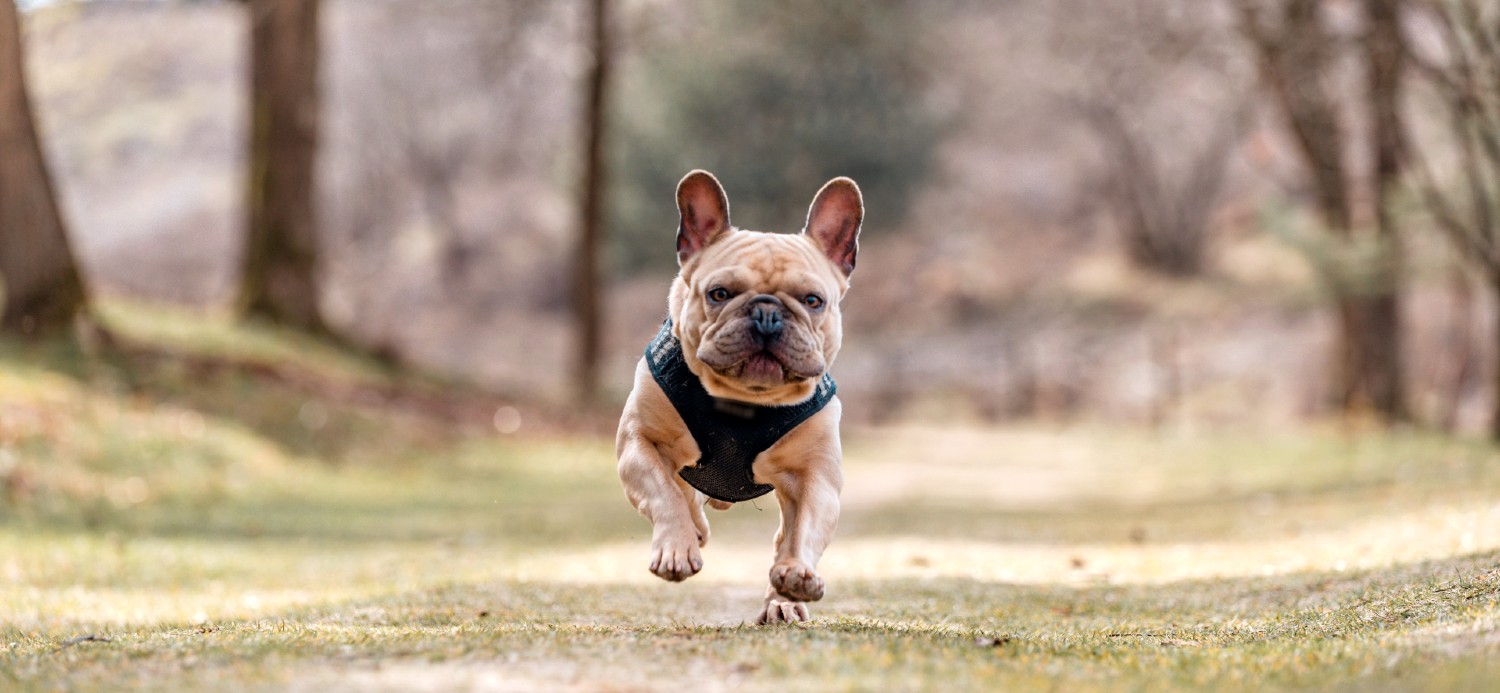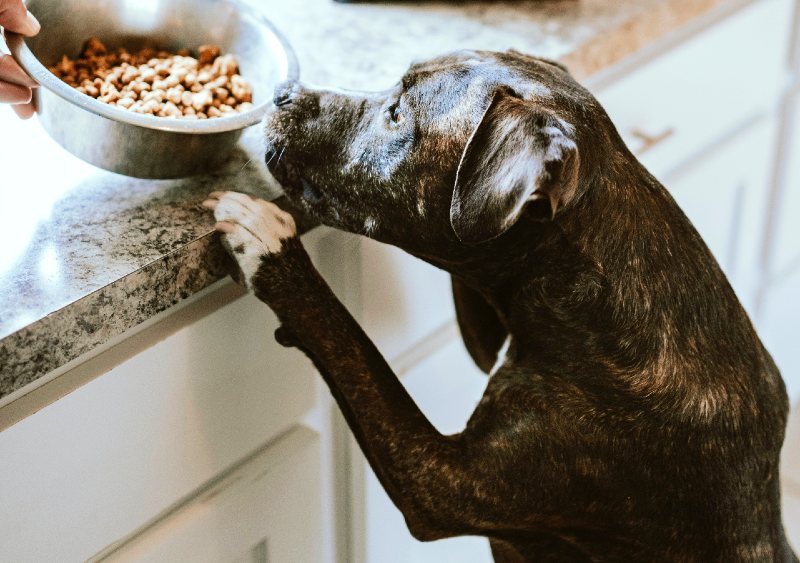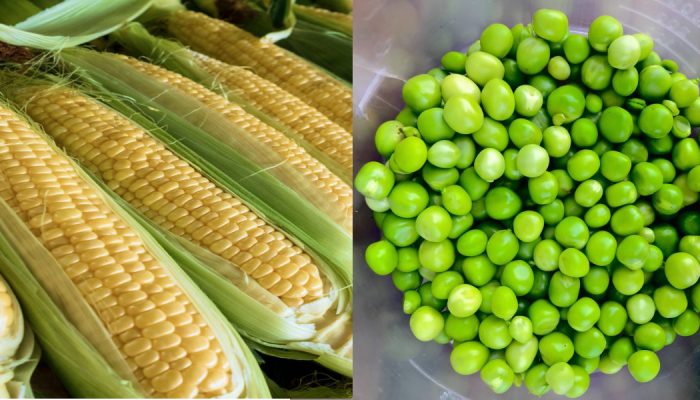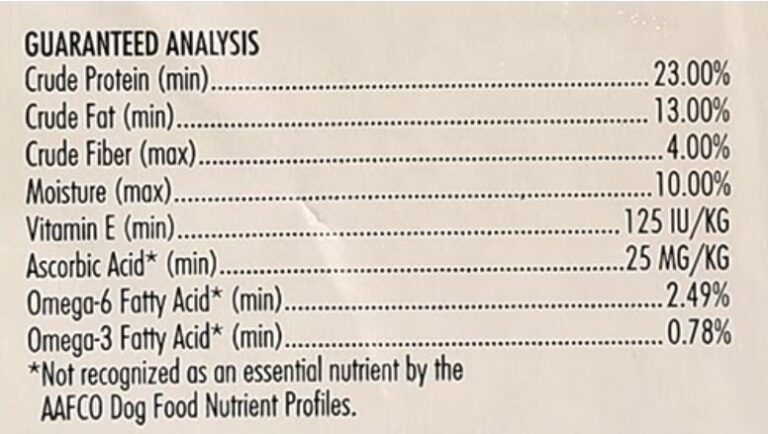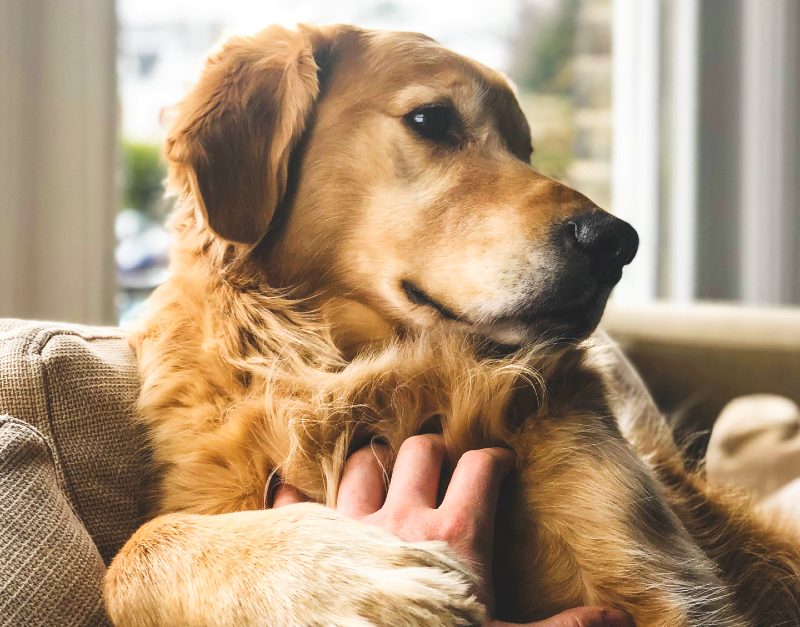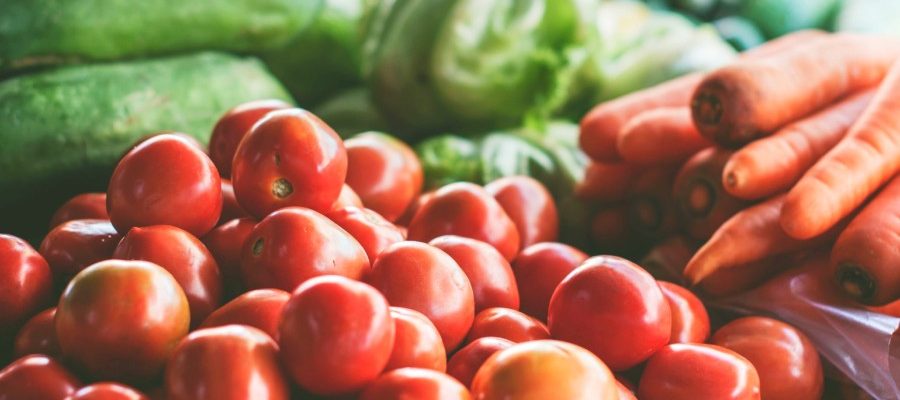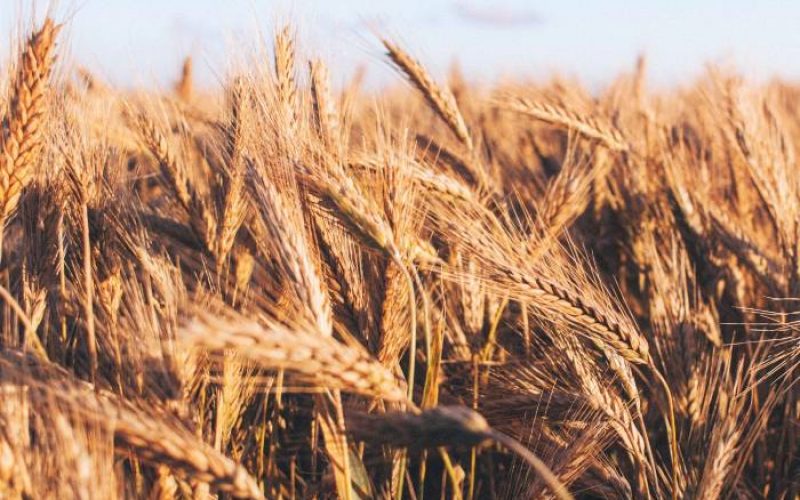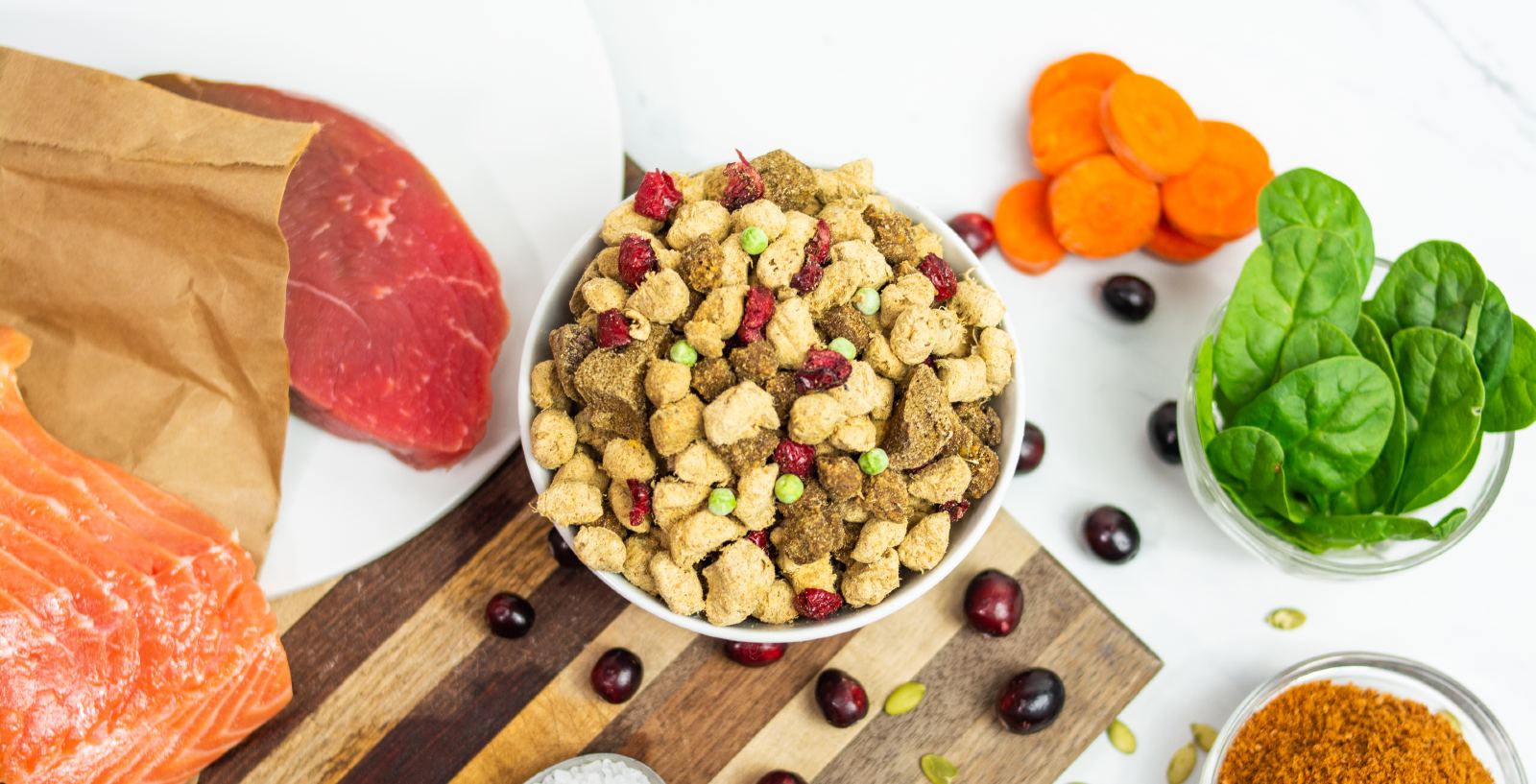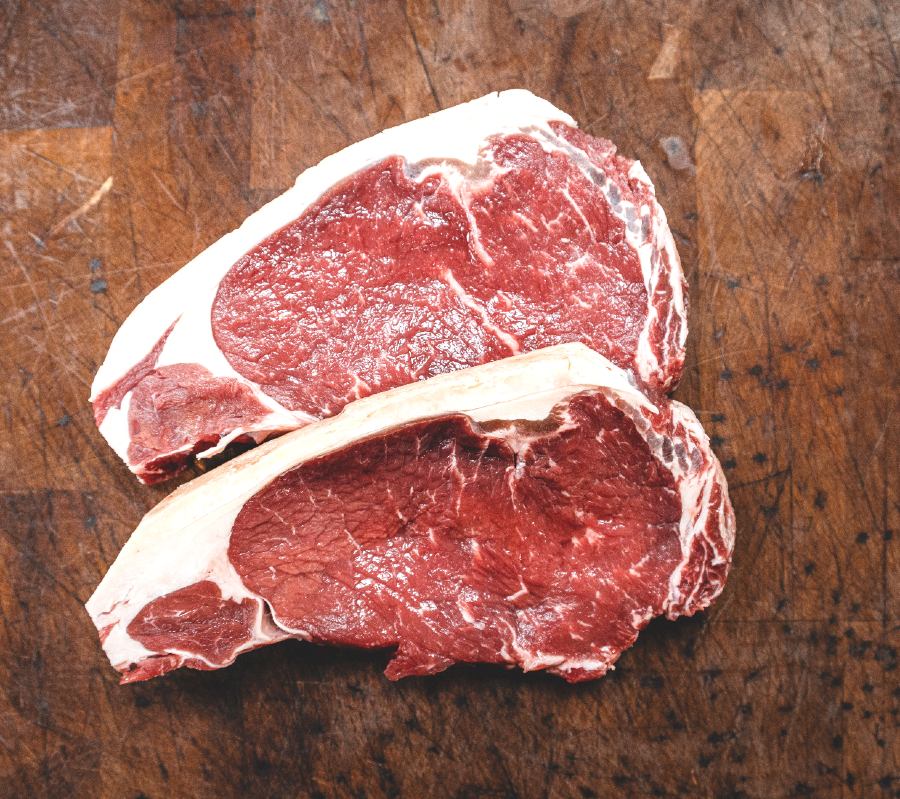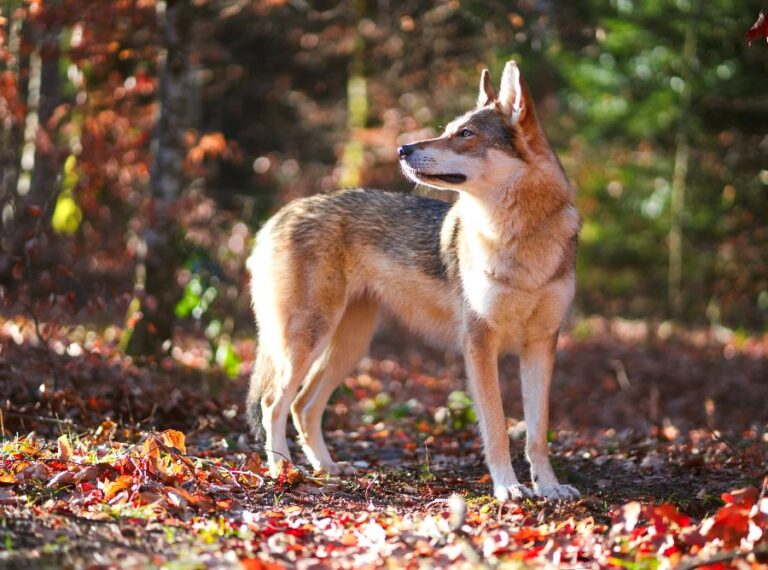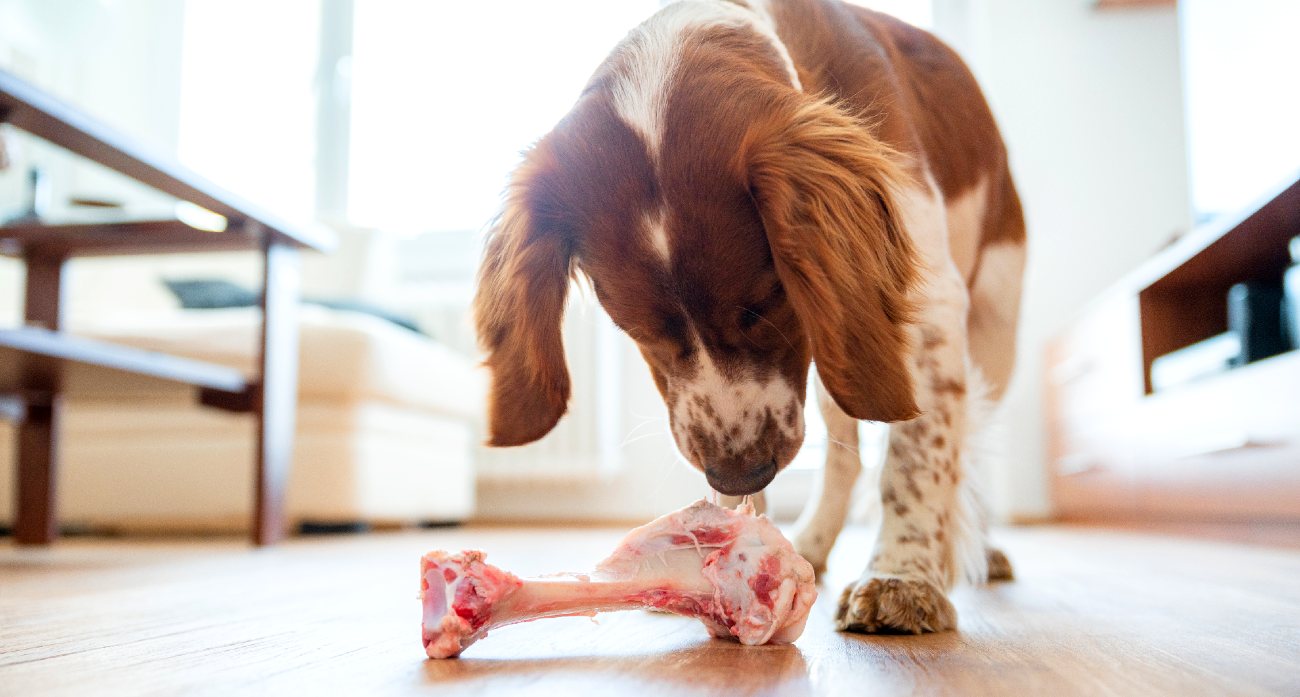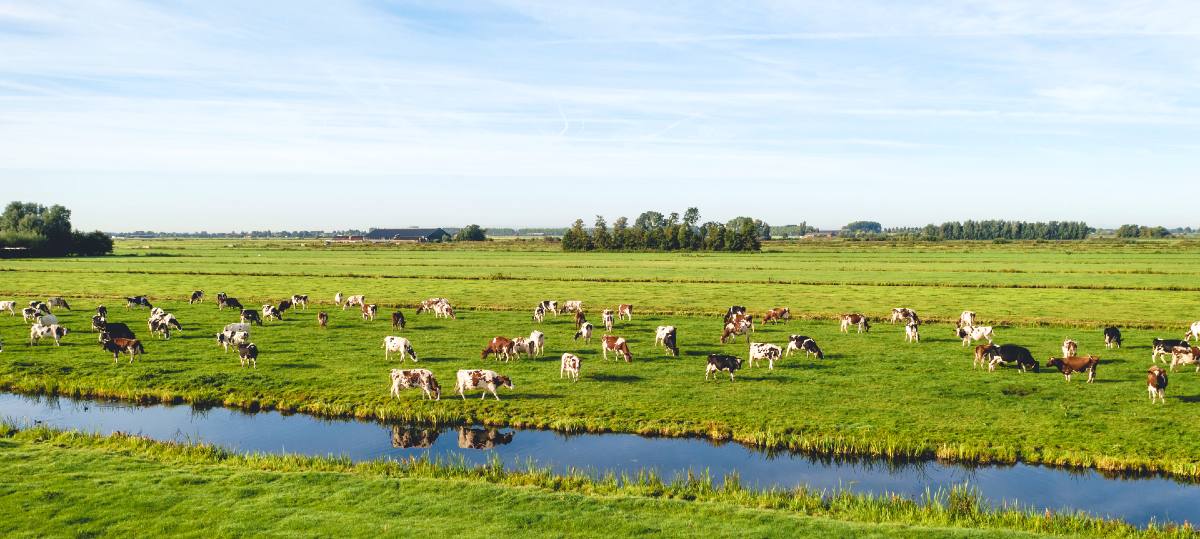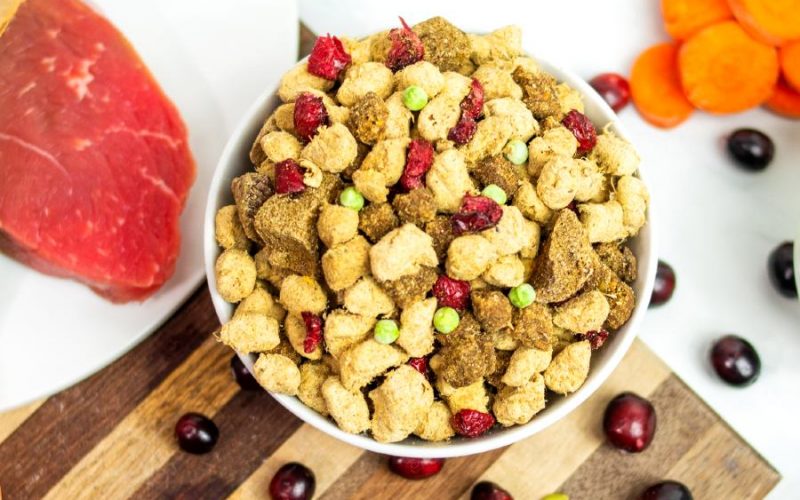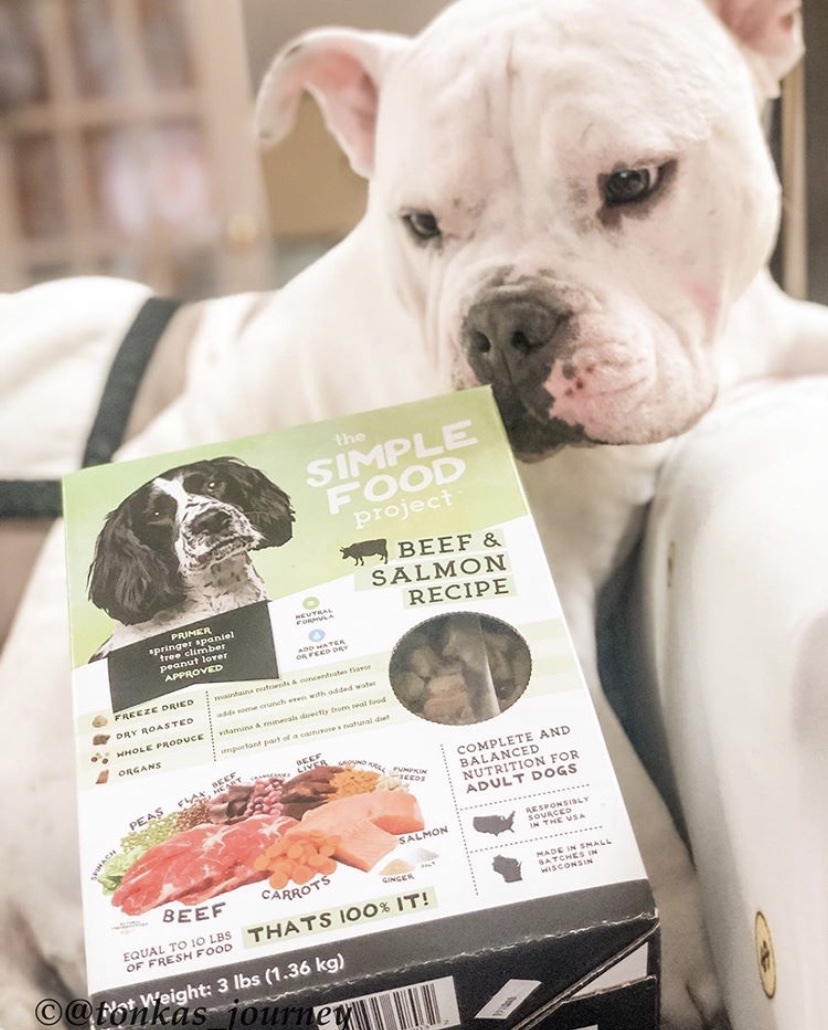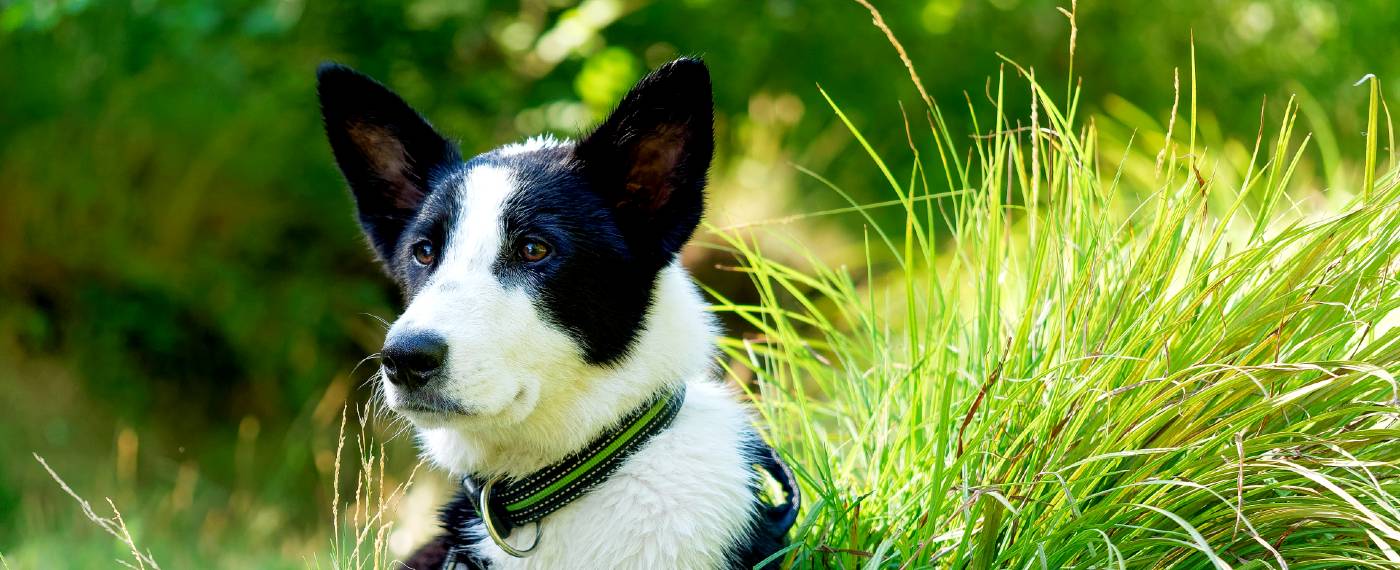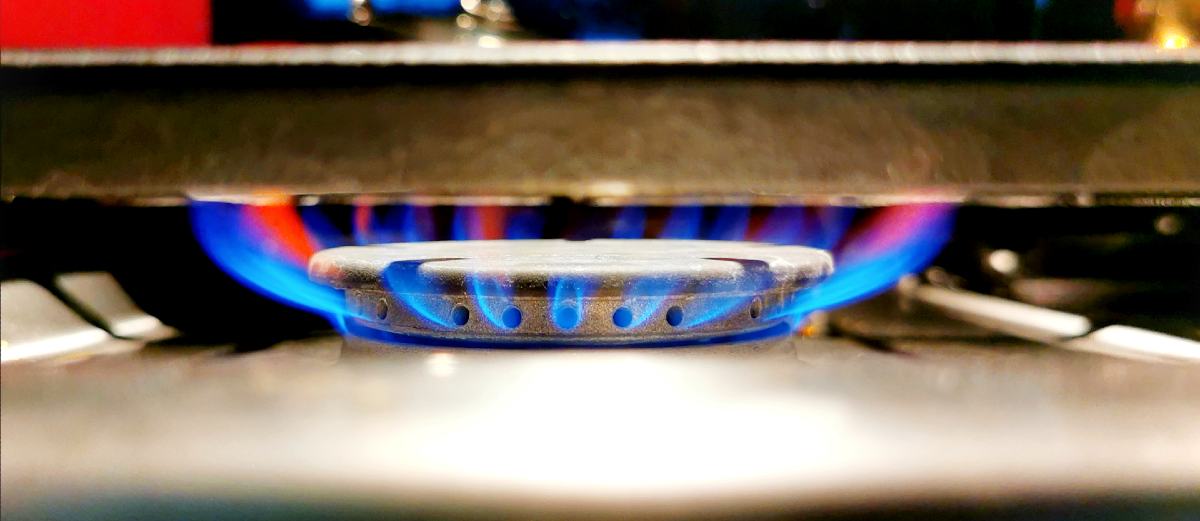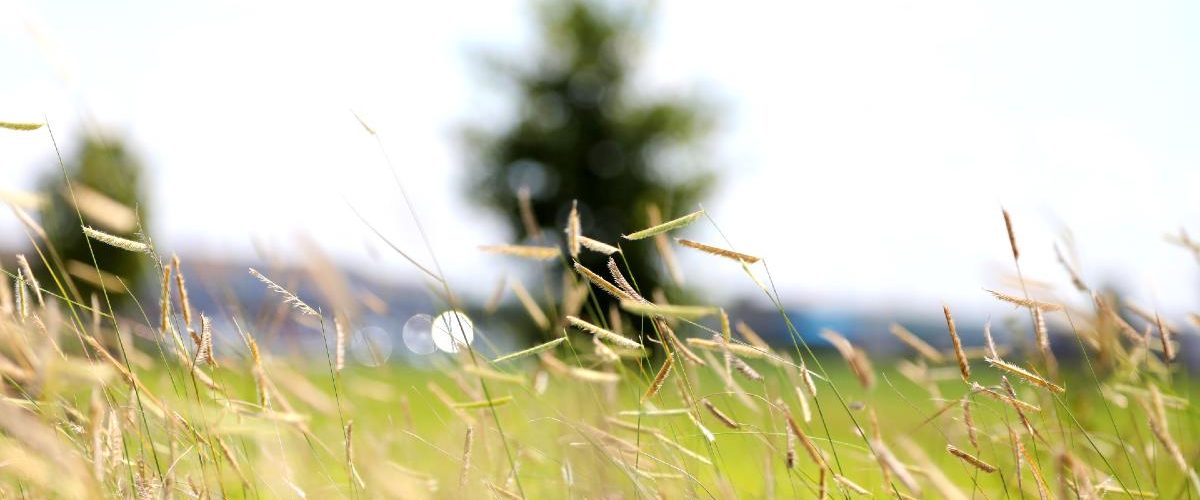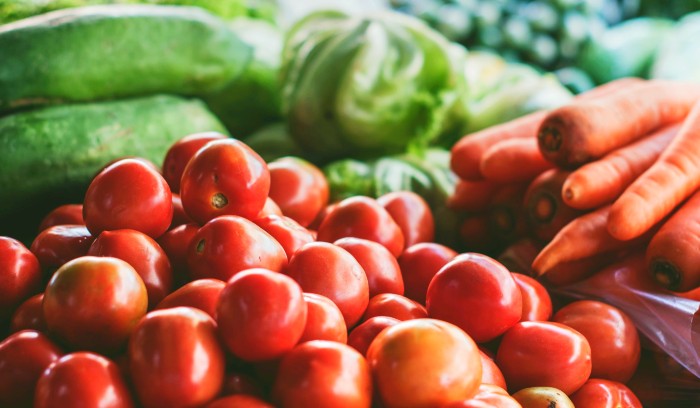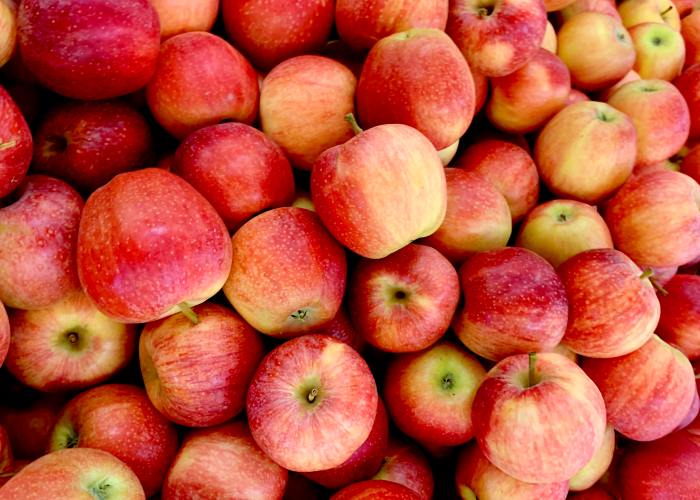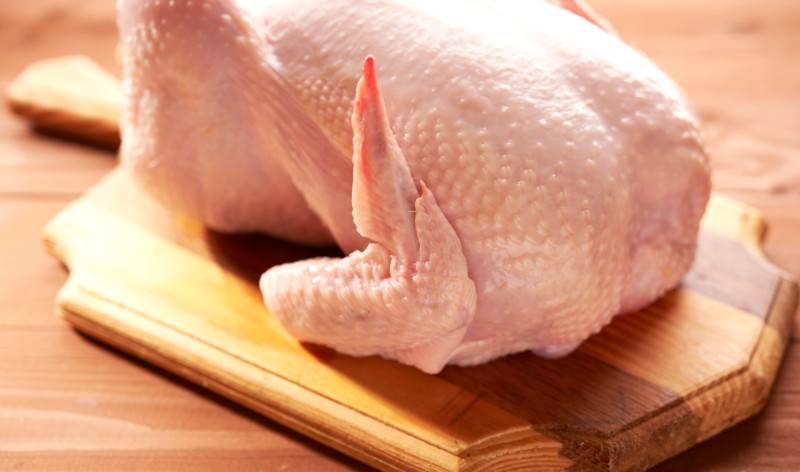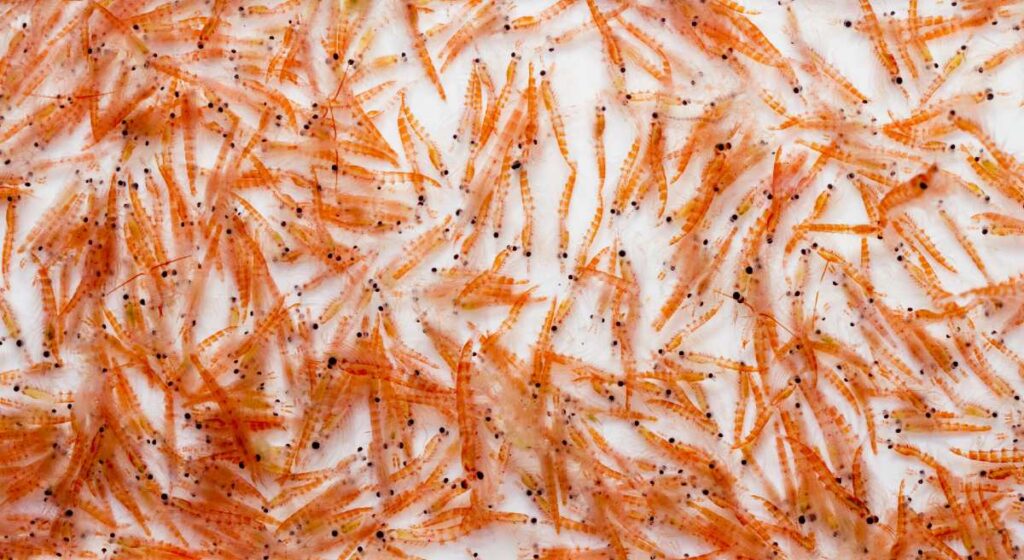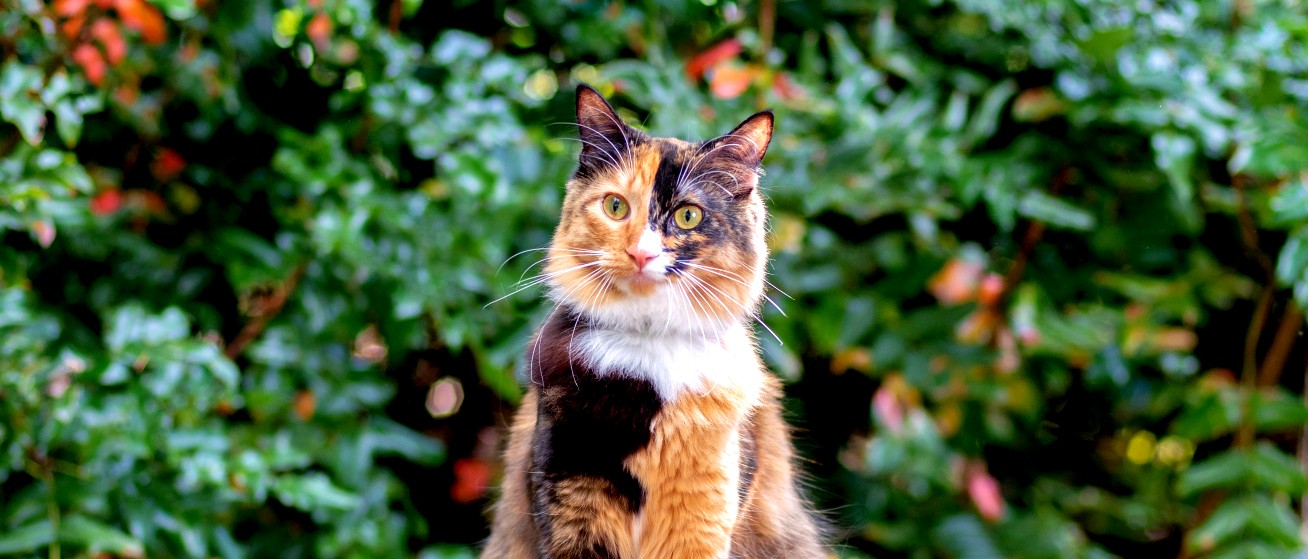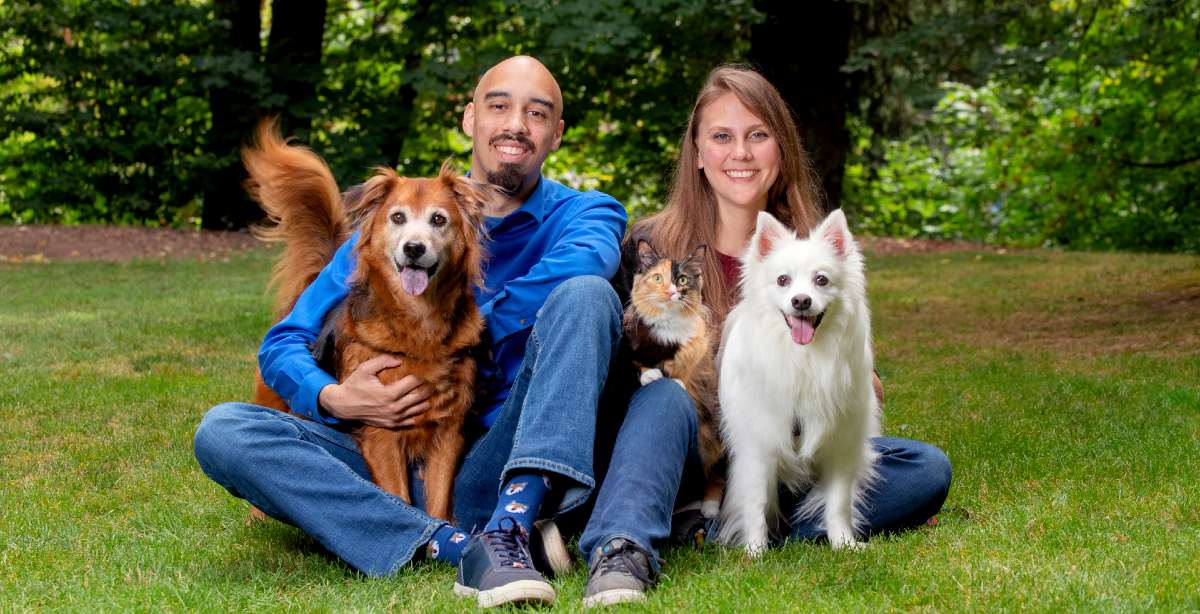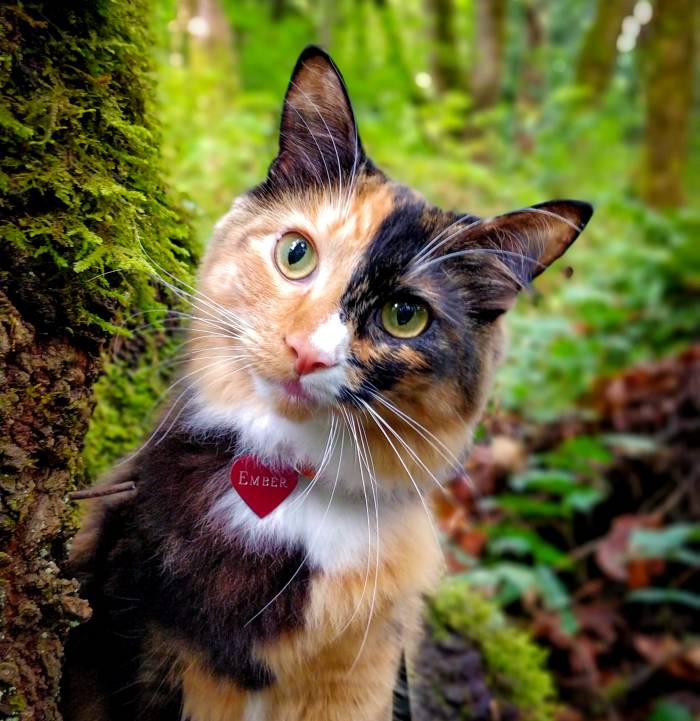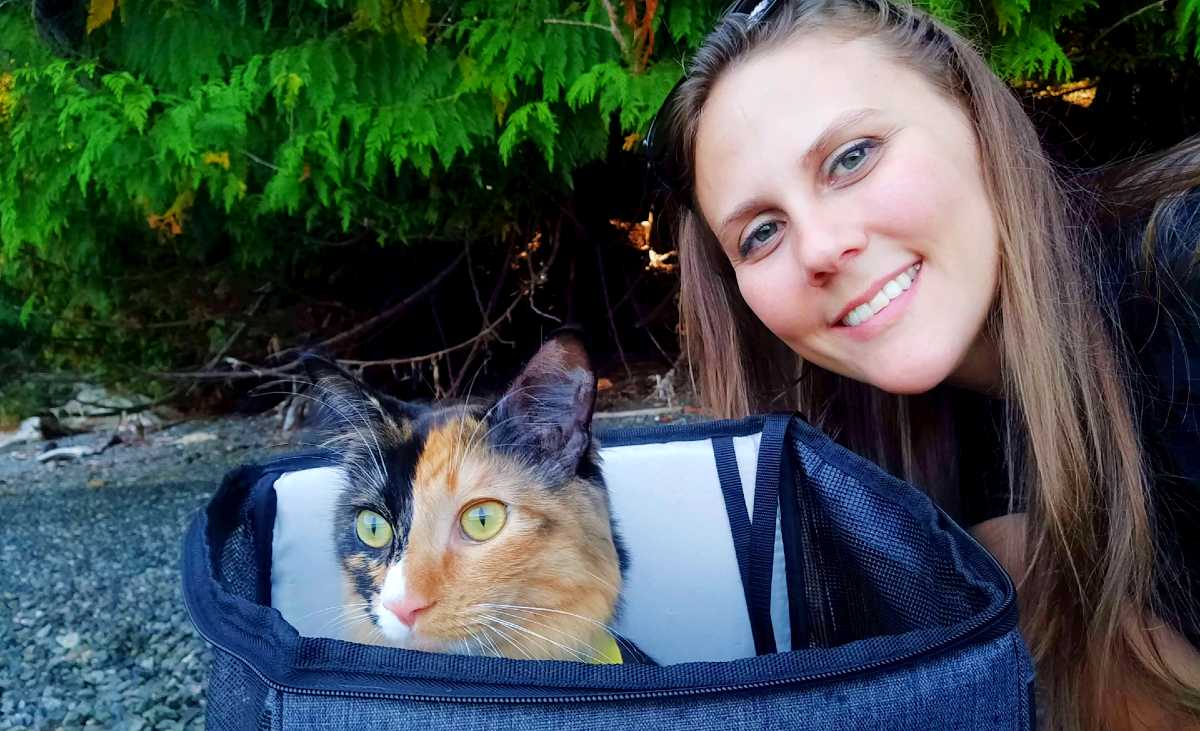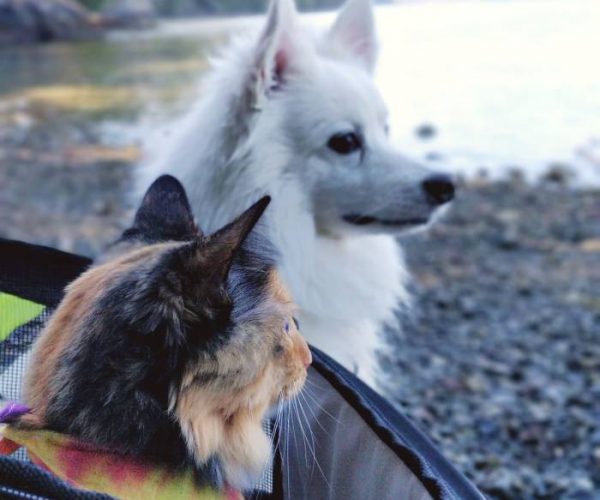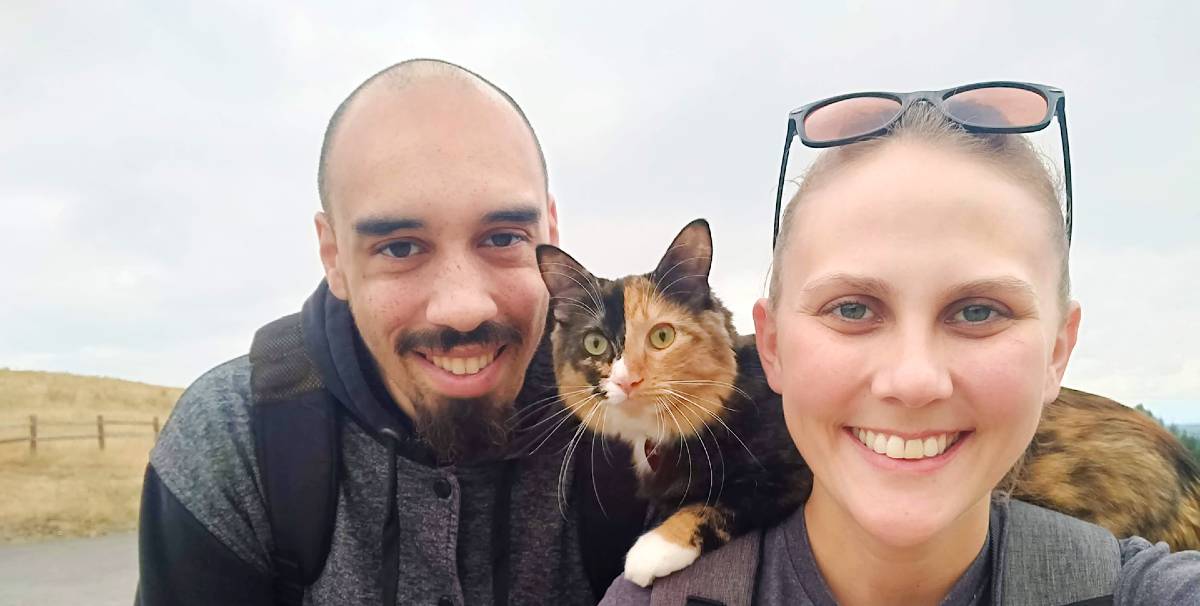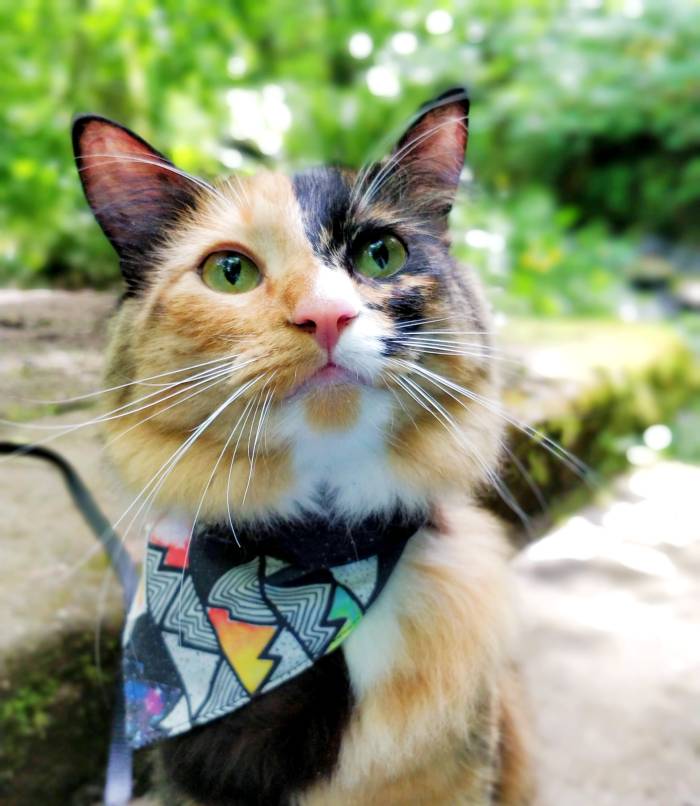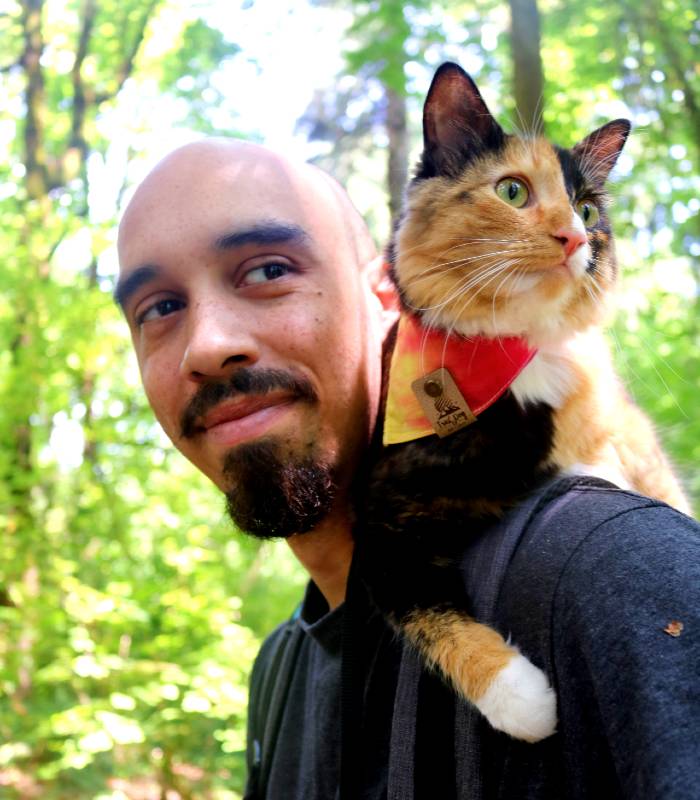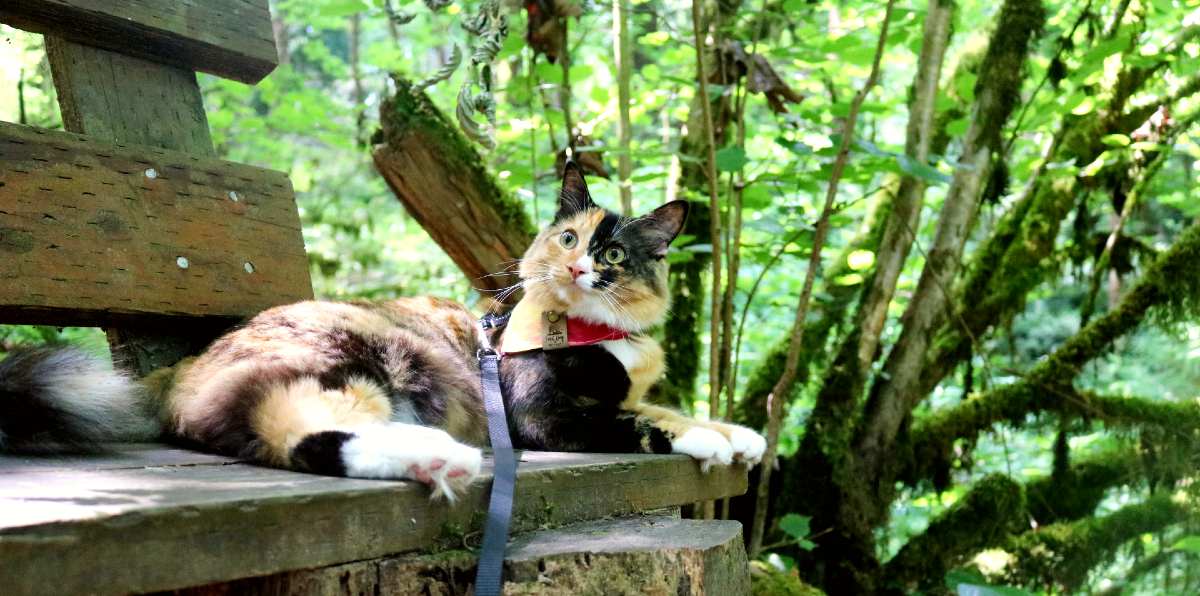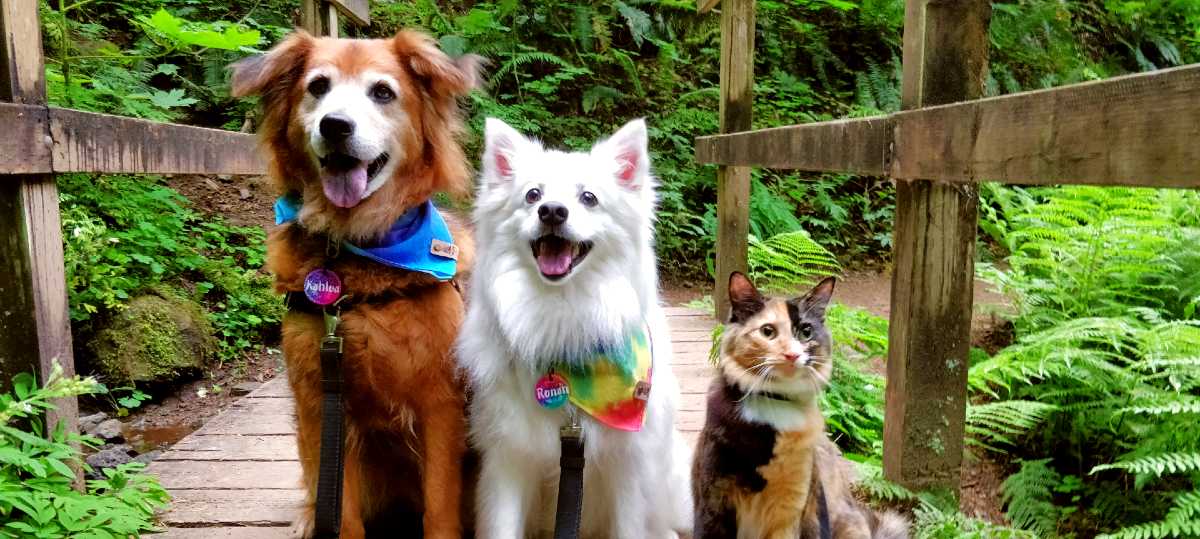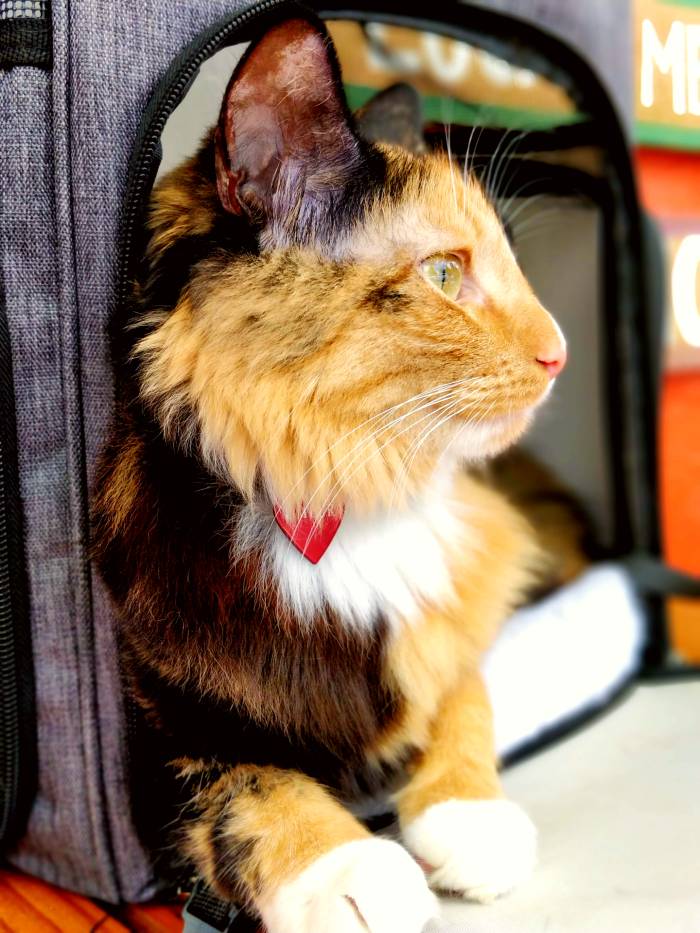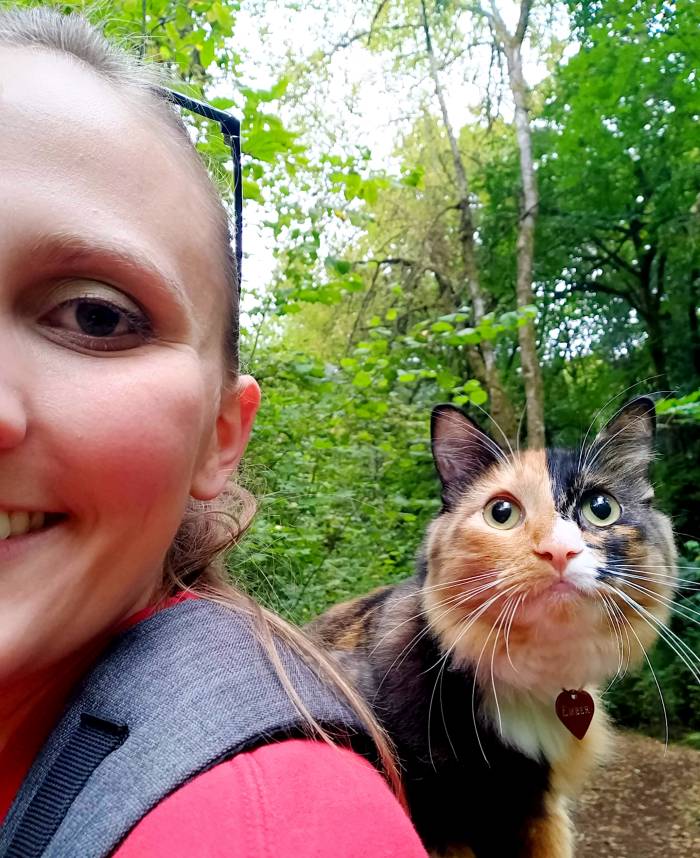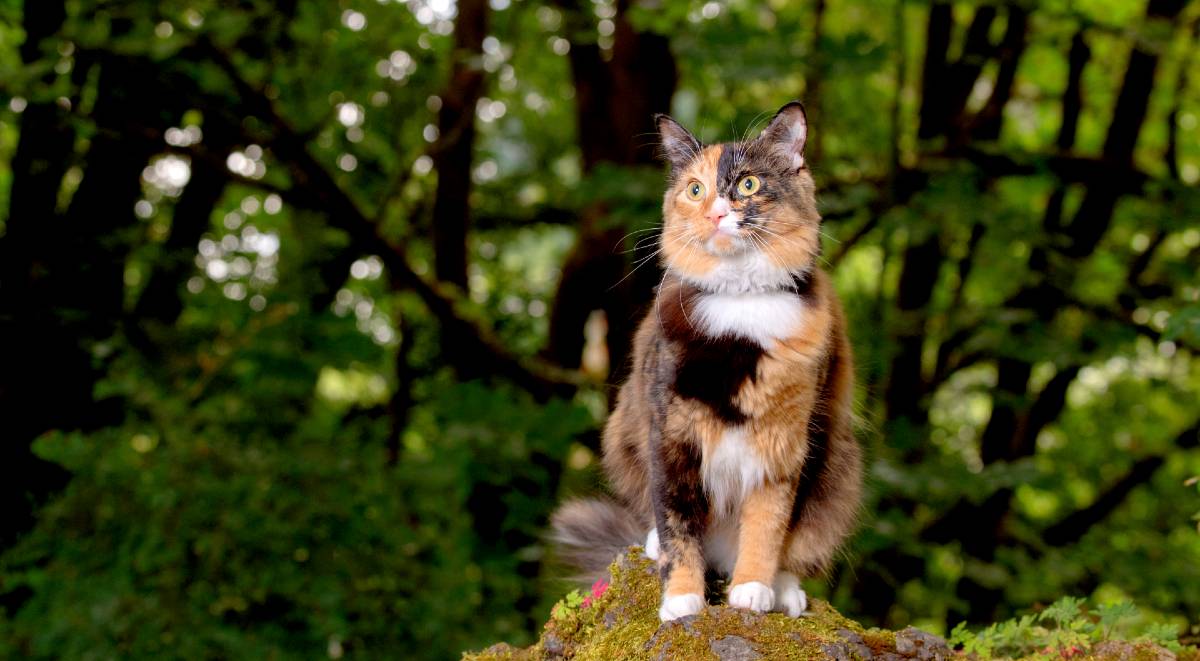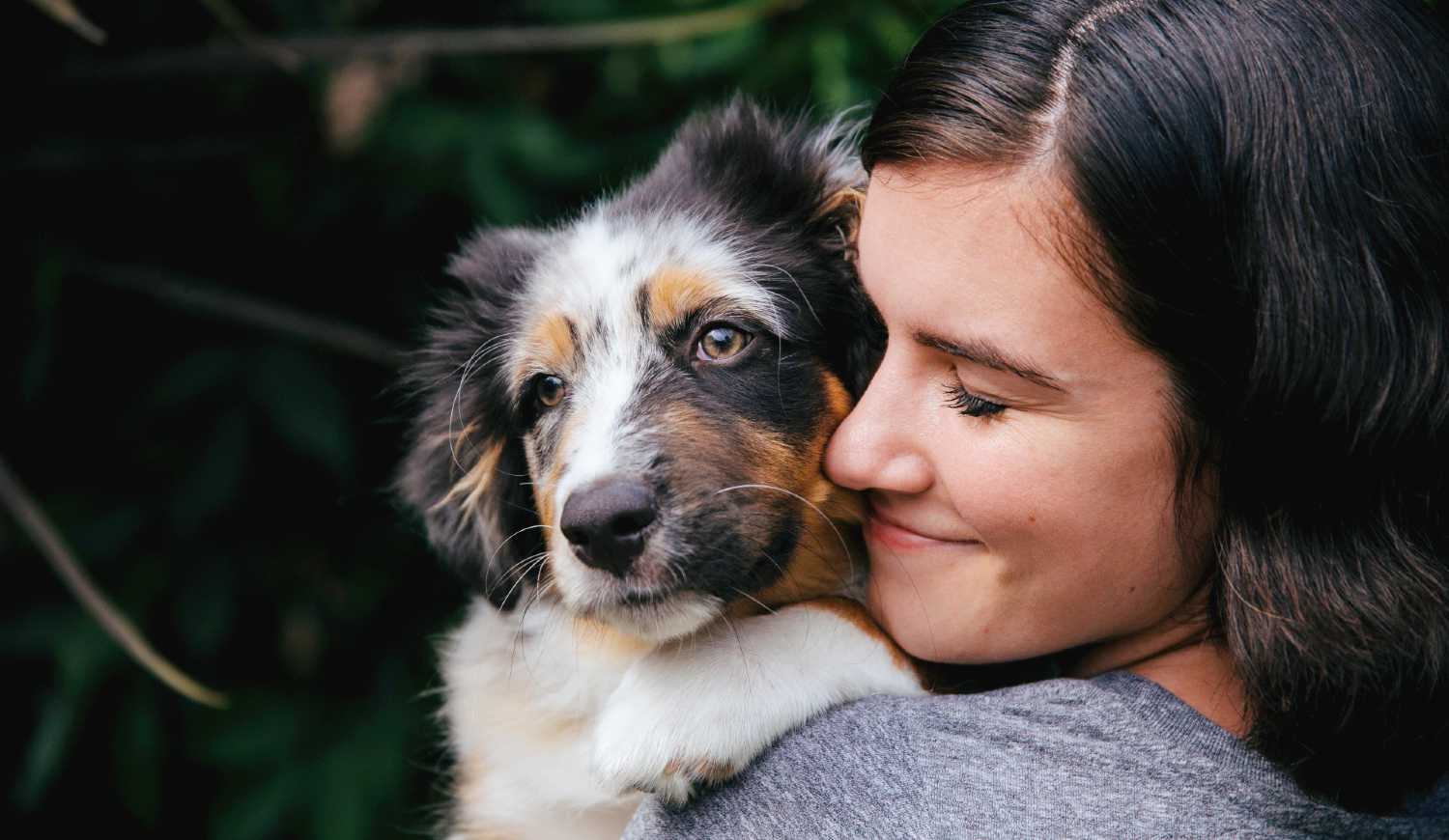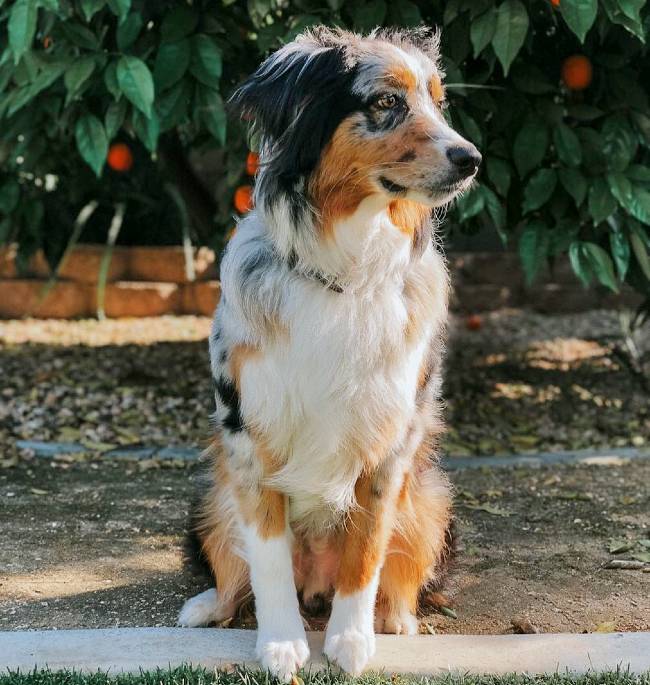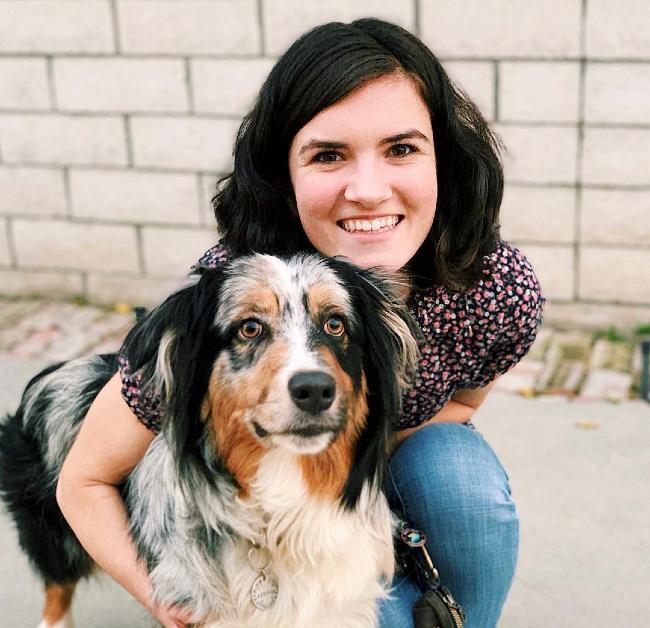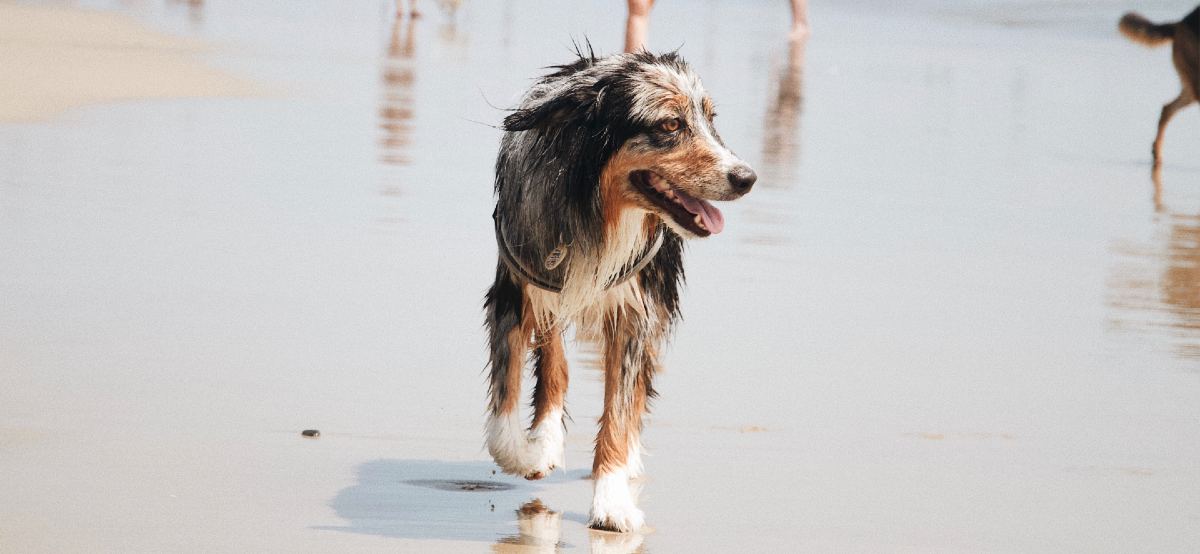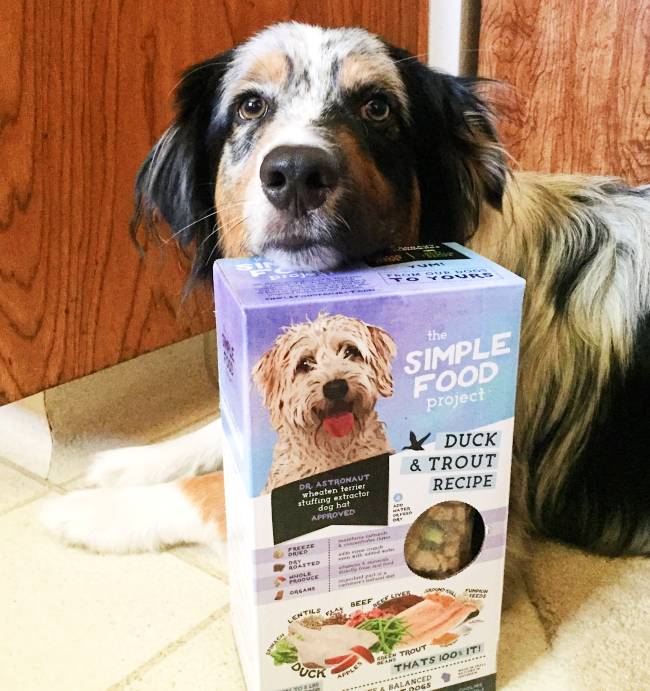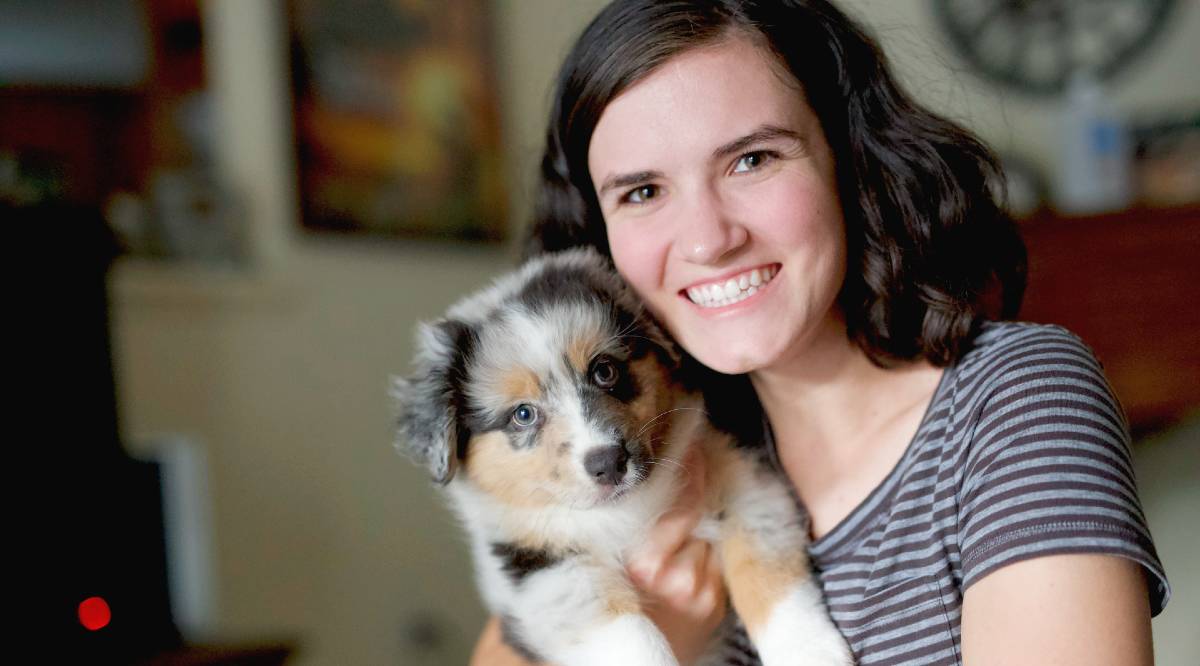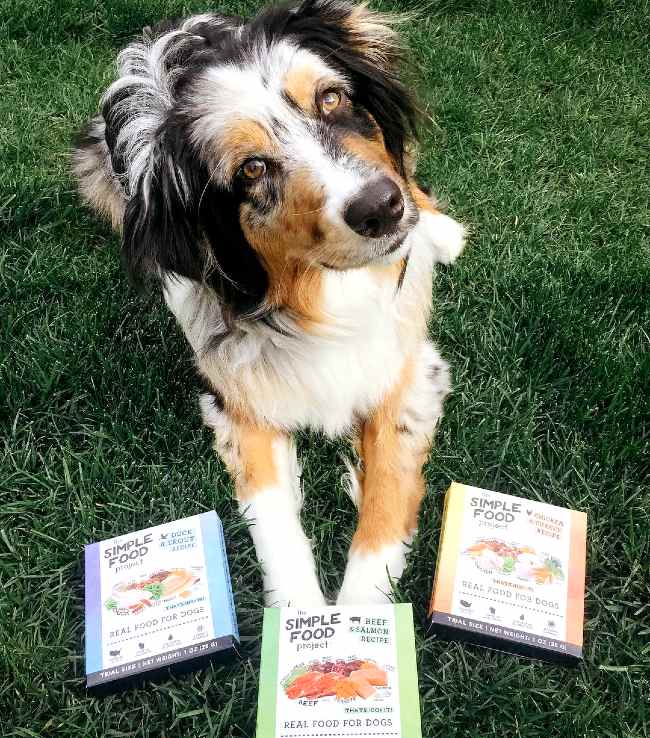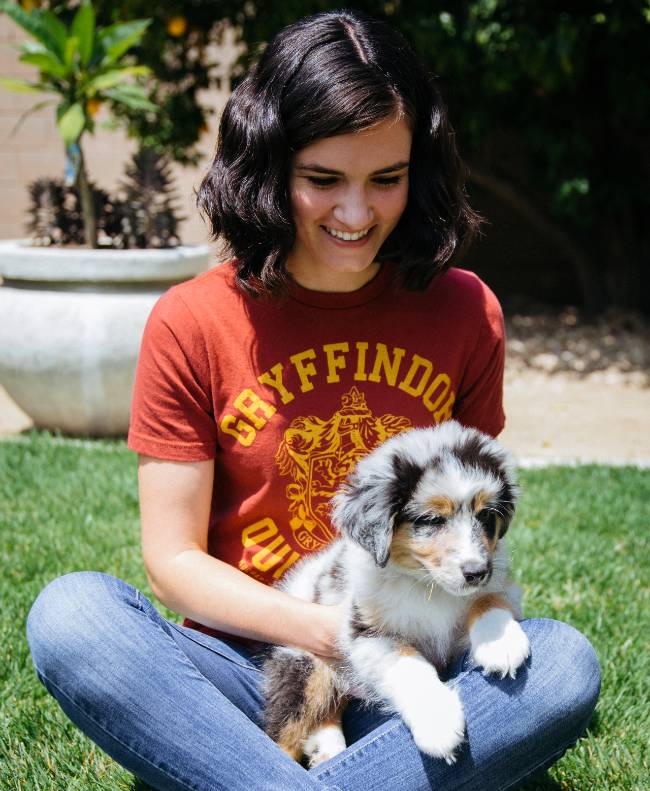Cats have little to no dietary need for carbohydrates, but based on a veterinarian’s 30+ years of experience feeding real, whole DIY raw balanced diets, a small percentage of fruits and vegetables belong in a cat’s diet. The key is to include the right kinds of carbs in species-appropriate amounts.
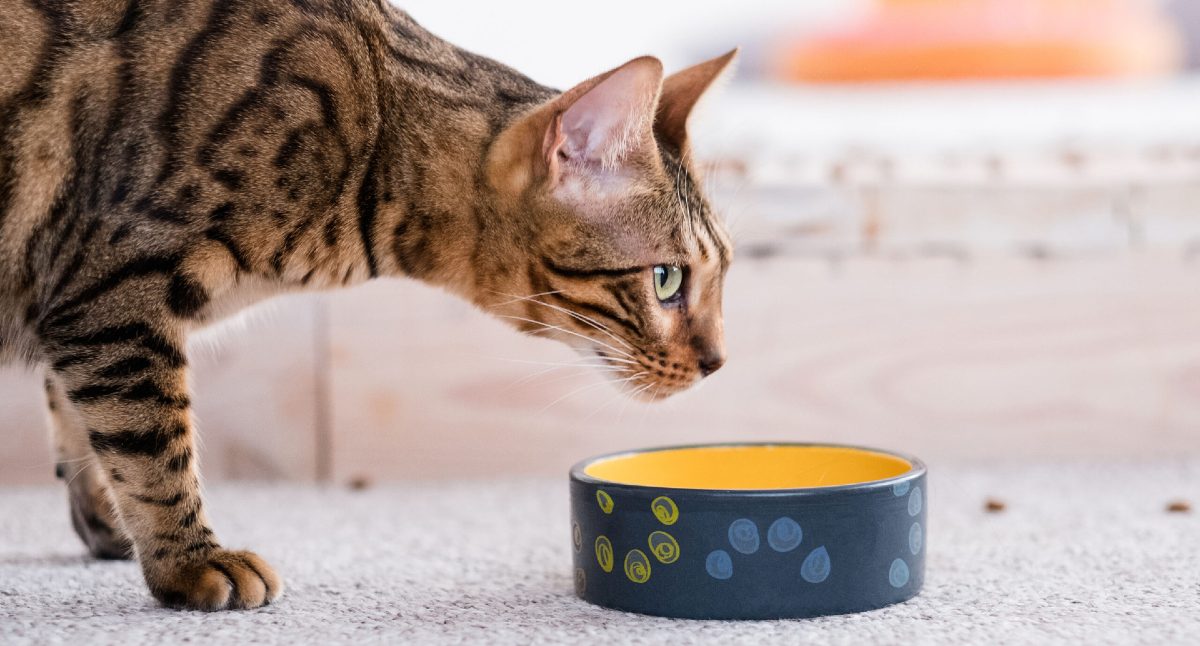
On the Agenda
Cats Process Carbs Differently
For many animals, humans included, carbohydrates are a quick source of energy. But cats are special. Just ask them. As predators at the top of the food chain, they’ve evolved to use protein as their primary energy source–this means the bulk of their diet should come from animal tissue.
Cats have unique nutritional requirements. After all, they’re obligate carnivores, and their bodies can’t produce certain vitamins the way herbivores and omnivores can. Cats of all sizes need foods with a higher concentration of protein, taurine, arginine, niacin, vitamin A, and vitamin D.

Cats also lack the liver enzymes to metabolize carbohydrates in the quantities that humans and other animals can, so we need to be selective about the quantity and quality of the carbohydrates we include in our felines’ bowls.
Fortunately, both science and nature can guide us in this endeavor.
Carbohydrates and Cats’ Wild Cousins
You might be thinking, but lions and tigers don’t eat leaves and berries, so why should Mewlius Caesar? When cats, big or small (equally ferocious), eat their prey, they don’t let anything go to waste. Bones, organs, and digesta are all consumed, which means when a cat eats his prey, he’s also taking advantage of that animal’s last meal– predigested plant matter full of phytonutrients with antioxidant and anti-inflammatory properties.
Take a Cue From Nature On Which Carbs Are Best For Cats
Not all carbs are created equal. Some carbohydrates are high on the glycemic index (GI), which means they cause blood sugar to rise rapidly. Sugary foods are often culprits, but other foods are sneakier–white rice has almost as dramatic an effect as white sugar… not something you want anywhere near your cat’s bowl.
On the other hand, low GI carbs come from certain fruits and vegetables –especially brightly colored ones. They digest much more slowly, stabilize blood sugar, and provide a steady stream of energy over time. But what everyone should be writing home about is that these foods are often powerhouses of essential nutrients. Unsurprisingly, they’re exactly the carbs cats would be eating in nature.
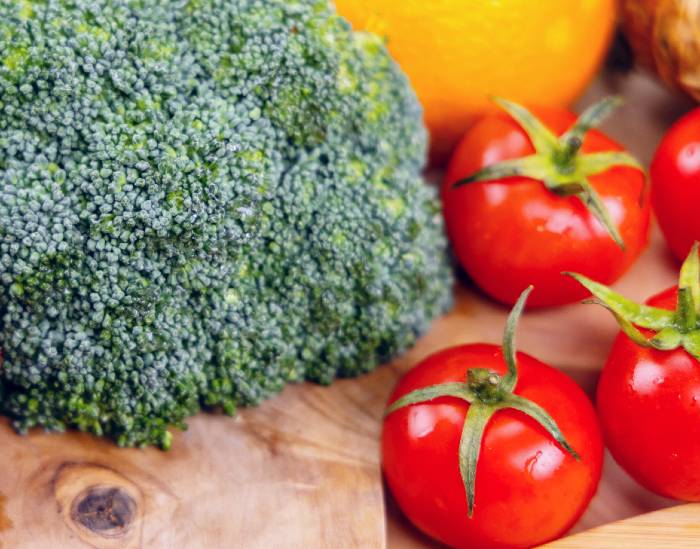
In the wild, your Apawllo would hunt and feast on small rodents, birds, and the more skilled hunters, young rabbits, and hares. These prey animals would have bellies full of fruits, seeds, berries, and leafy greens, and those are just the nutrient-rich ingredients domestic cats should consume. It’s not hard to see why the starchy fillers found in low-quality cat food– grains, corn, soy, and potatoes– give other carbs a bad name. Unlike the vitamin-packed, functional foods found in the digesta of a cat’s prey, the more common and starchier options are almost void of usable nutrients and much higher on the glycemic index.
Superfoods For Cats
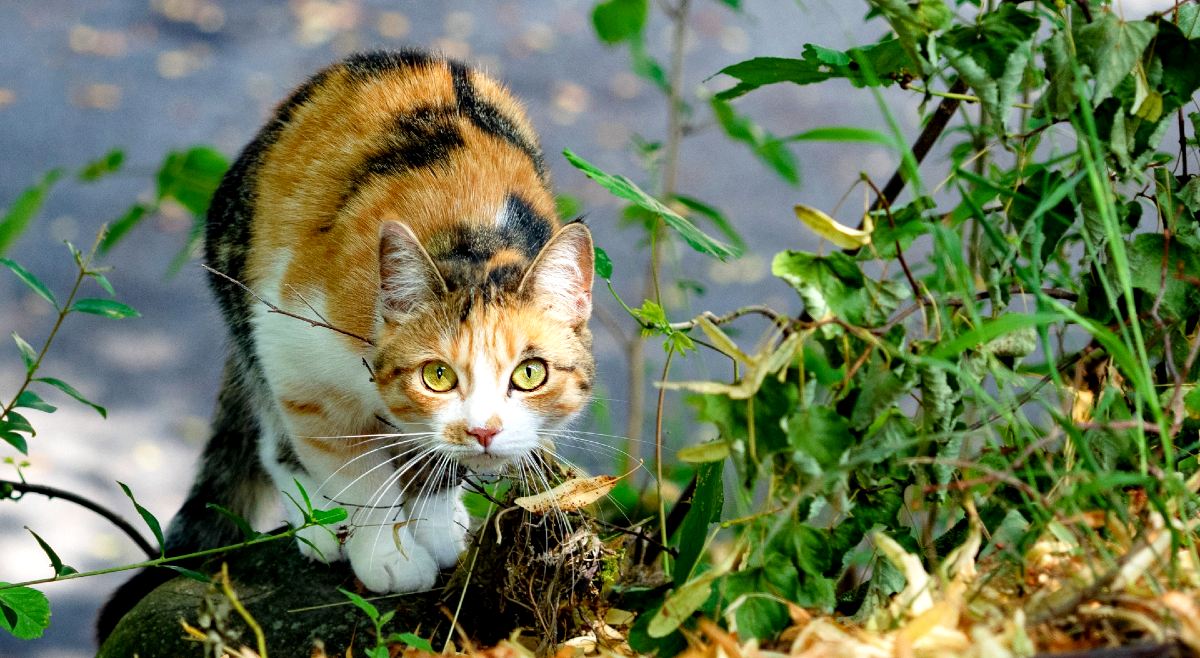
Your cat needs energy to maintain her busy schedule– she has to keep an eye on those squirrels in the yard, practice her contortions so she can fit into any box that comes her way, attack your feet from under the bed, and if she doesn’t patrol the house at 3:00 a.m., at full speed, then who will? It’s a strenuous life, but making sure her bowl contains the obligatory high-quality meat proteins and, of course, species-appropriate amounts of low-glycemic plant ingredients will keep her in tip-top shape for years to come.
How?
Through the power of age-fighting antioxidants. These mighty nutrients protect cells from damage by neutralizing harmful free radicals. Oxidative damage caused by free radicals can lead to cognitive decline, diseases like cancer, and many other chronic conditions that can cause cats to slow down long before their time.
Fortunately, antioxidants can prevent much of this damage, and antioxidants aren’t hard to find. Antioxidants are both produced by the body (which declines with age) and found in superfoods – the same select few low-GI carbohydrates your cat should be eating anyway.
Berries like blueberries and cranberries
Spinach, kelp, and other leafy greens
Nuts and seeds
Pumpkin and squash
Broccoli and other cruciferous greens
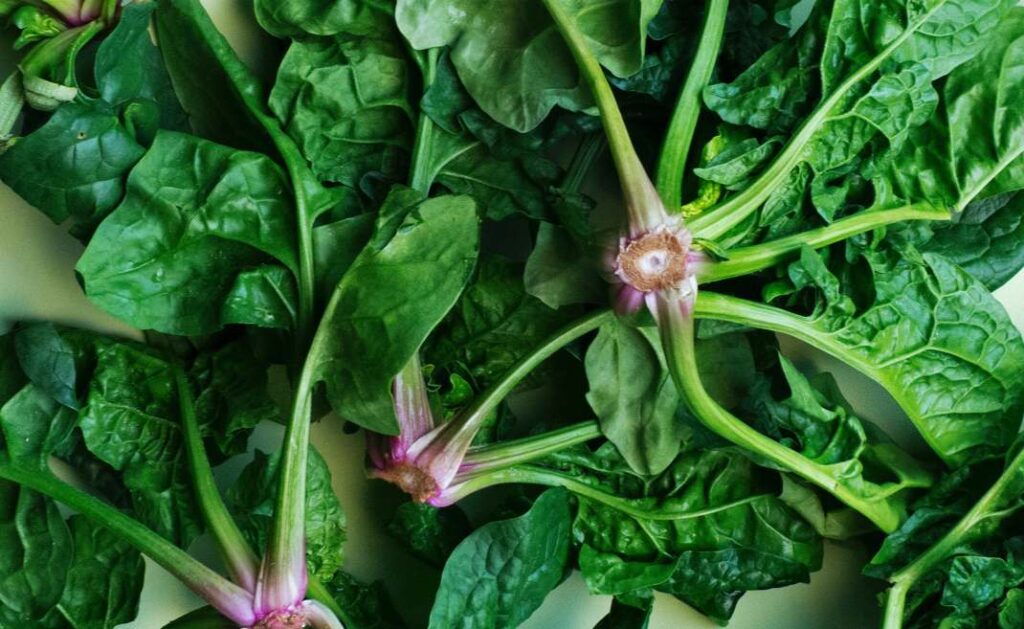
Learn more about the power of antioxidants and how you can make a radical change in how (you) and your pet age.
Fitting Carbs Into a Balanced Feline Diet
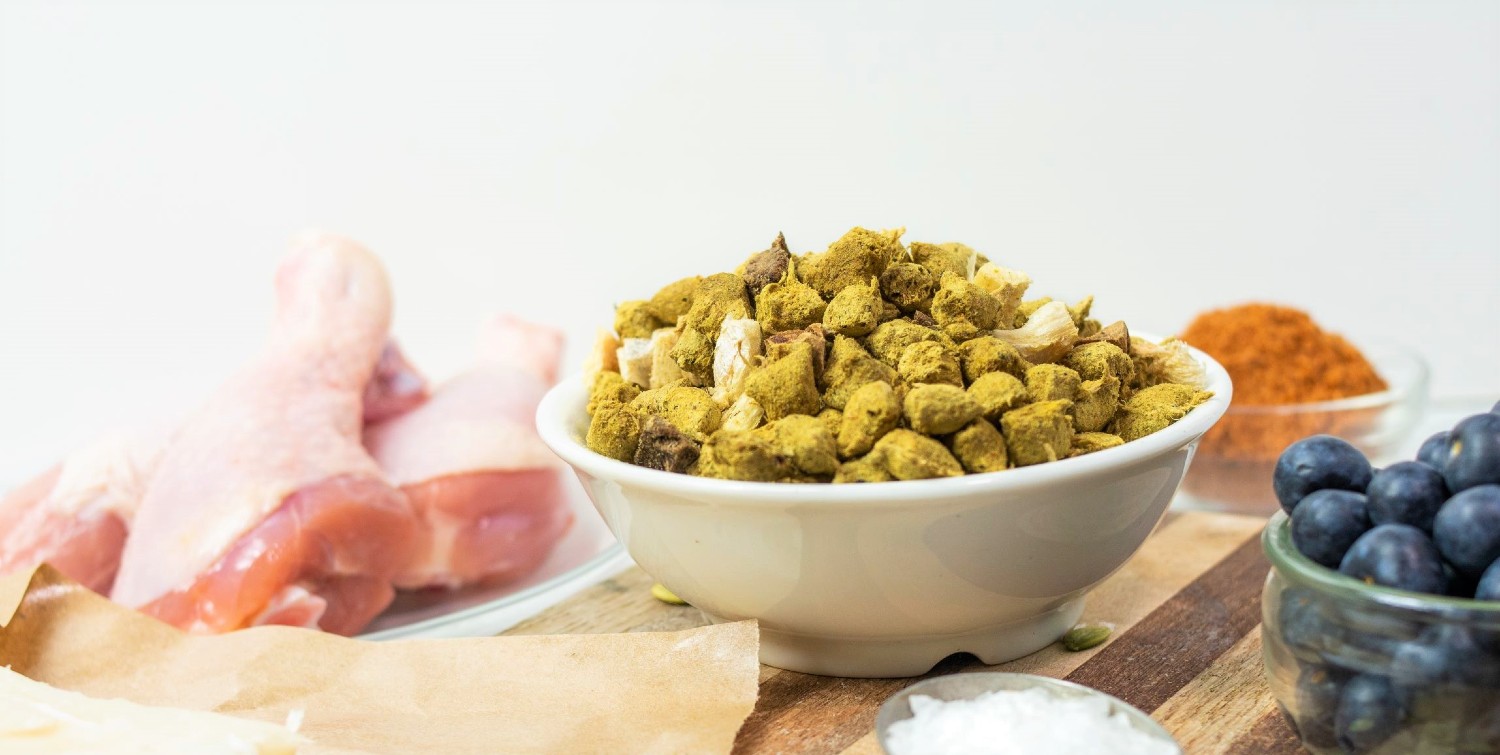
Left to their own devices, cats will naturally eat the right proportions of nutrients. Specifically, most of their diet will consist of protein and animal fats, with a very small portion coming from nutrient- and antioxidant-rich carbohydrates, the kind of plant matter they might find in the digesta of their prey.
Following nature’s model, we can ensure cats are getting exactly what they need for healthy aging by providing:
#1 A Diet High in Moisture
Cats would get most of their water from their prey. Throughout the day, wild and feral cats might catch six to ten prey animals like mice or birds, and each time they eat their prey, they rehydrate from moisture found in the animal’s tissue. This is why cats have a low thirst drive. (You can put that little nugget in your back pocket for later.)
Because your four-legger isn’t inclined to drink as regularly, it’s essential that you provide your cat with moisture-rich wet, raw, or freeze-dried meals. Cats often can’t or won’t get the hydration they need by drinking, and this can cause chronic dehydration that severely affects a cat’s health, wellbeing, and life span.
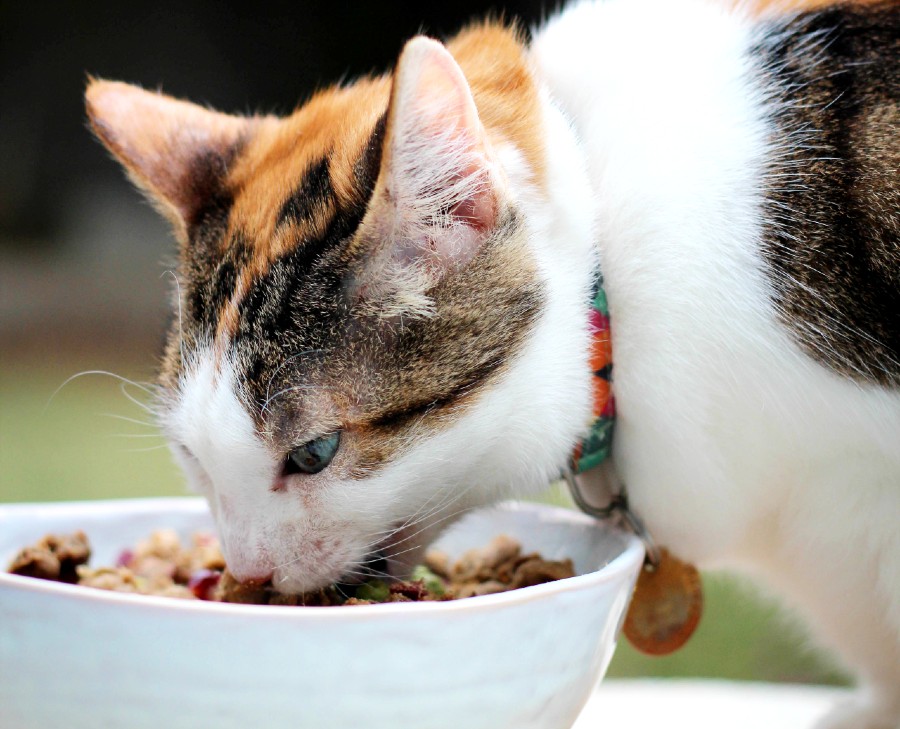
#2 Dietary Animal Proteins
Herbivores and omnivores derive cellular energy (at least partially) from carbohydrates– translation, what makes you and I go. Cats derive energy from protein, animal protein specifically. That’s because animal protein provides all the amino acids cats need to grow and thrive. Those butt-wriggling sneak attacks? Brought to you by the protein in your cat’s dish.
Plant-based proteins like corn and soy lack in some of the amino acids critical to a cat’s health– which starves your cat’s cells of what it needs. There’s no substitute for animal proteins in your cat’s diet, and fresh, raw, or (rehydrated) freeze-dried proteins are best.
#3 A Diet Low in Carbohydrates
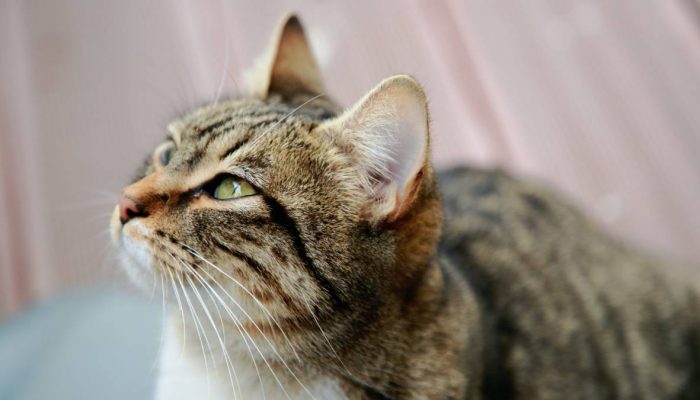
You’ve seen how certain carbohydrates are important for cats, but the fact is, cats need far fewer carbs than other animals. They’ve evolved to get their energy from protein, and while they can use carbohydrates for energy, they can’t do it nearly as effectively as other species. When carbohydrates are included in the appropriate quantities (think <15%, but the lower, the better), they provide critical nutrients and those uniquely super-charged antioxidants cats won’t otherwise get.
What Commercial Pet Foods Get Wrong About Carbs & Cats
Most (read: the majority of) cats are eating too many carbohydrates.
The average dry food contains 35-50% carbohydrates. And many contain significantly more.
This number is unacceptable and a leading cause of not only the obesity epidemic but the extreme rise in the number of diabetes cases in pets.
Cats only need around 10-15% of their diet to come from carbohydrates.
Many veterinarians recommend even lower, and you’ll see in Dr. Bessent’s recipes that a few are formulated for as low as 5%. And because you are providing such a small quantity, you need to pick those carbohydrate sources carefully. They need to provide your kitty with a healthy dose of super-charged antioxidants. Dr. Bessent chooses produce like cranberries and blueberries to provide exactly that.
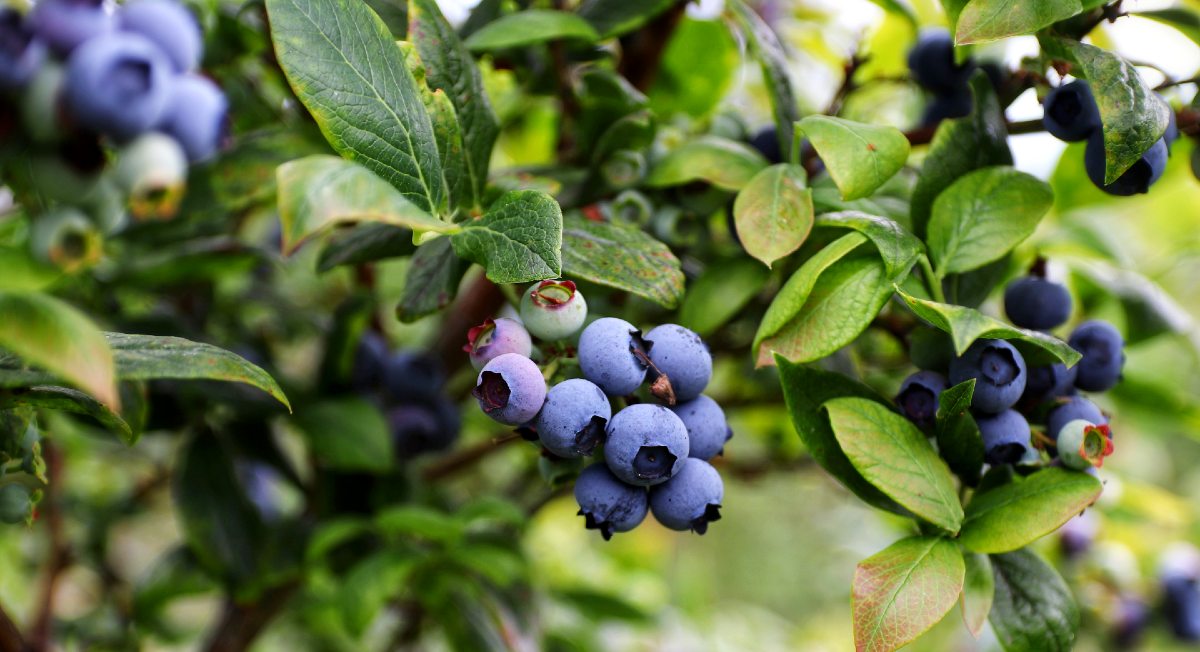
Unfortunately, common pet food ingredients like corn and rice are cheap and are used to help to bind kibble together. They don’t provide either the protein or the vitamins cats need– they’re filler that can leave your cat malnourished and deficient. These just aren’t ingredients cats were meant to eat.
Many canned foods aren’t much better in terms of high-carbohydrate content, though they’re at least supplying more moisture.
Perhaps worst of all, it can be tough for a well-meaning cat parent to try to decipher a pet food label or determine what it actually contains.
But! Praise the buts. Feeding your cat doesn’t have to be a mystery. There are a few tips and tricks you can use.
How To Figure Out Whether A Food Is Truly Up To Snuff
First, if carbohydrates that aren’t species-appropriate are listed prominently on the label (corn, wheat, rice, to name a few), chances are the percentages are too high for your cat. To calculate the exact number of carbs, you’ll need to roll up your sleeves and pull out your calculator.
Then, you should also beware of these 3 dubious pet food label tricks.
When in doubt, just follow nature’s cues and look for products with whole, fresh ingredients your cat might choose for herself.
- Food high in animal proteins and embellished with species-appropriate carbohydrates that provide essential antioxidants to keep her youthful and fit.
And if you have any questions, thoughts, cute photos of bleps… reach out or drop them in the comments below.

Share this Post
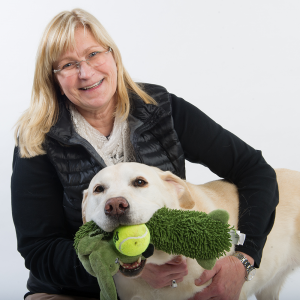
Dr. Chris Bessent
Chris Bessent, DVM, MSOM, Dipl. OM, L.Ac. has over thirty years of experience in veterinary medicine including certificates in veterinary acupuncture, veterinary chiropractic and veterinary Chinese herbology. Imbued with Eastern philosophy and the knowledge that food is the foundation of health, Dr. Bessent also received her degree in veterinary nutrition and began to formulate recipes fit for a carnivore from nothing but whole foods. Currently, she divides her time between the Simple Food Project and Herbsmith, both of which are owned and operated out of her facilities in southeastern Wisconsin.

August Li - Content Writer
August is an author, artist, and animal activist. He lives on the coast of South Carolina, where he spends his days looking for sea glass, merpeople, and friendly cats.

Kayla - Editor
Kayla is the Content Editor for The Simple Food Project. She has a cat named Professor Cat-Faced Meowmers, who goes by Kitty, and a goof of a dog, named Duck. She stays busy biking trails, playing board games, and searching for the next best craft beer.
